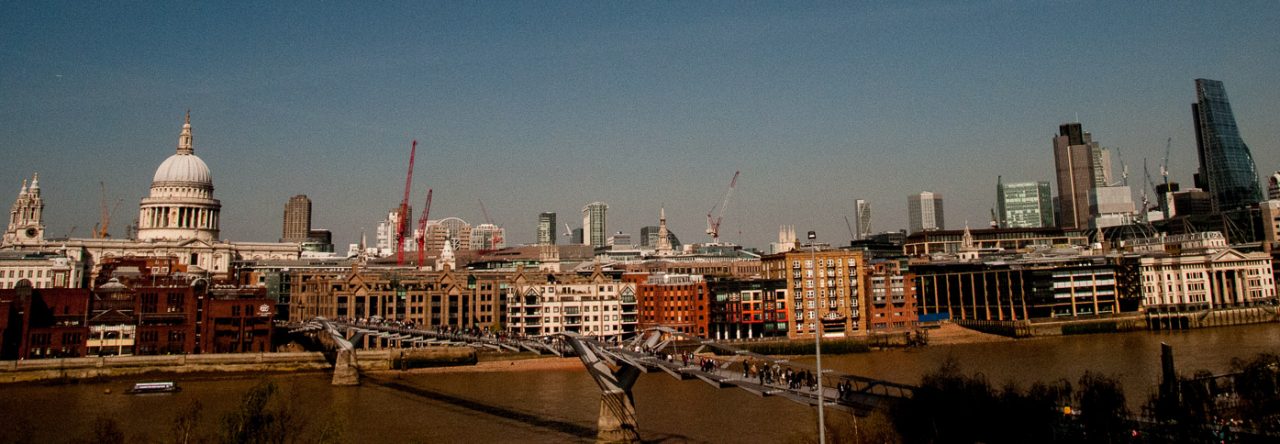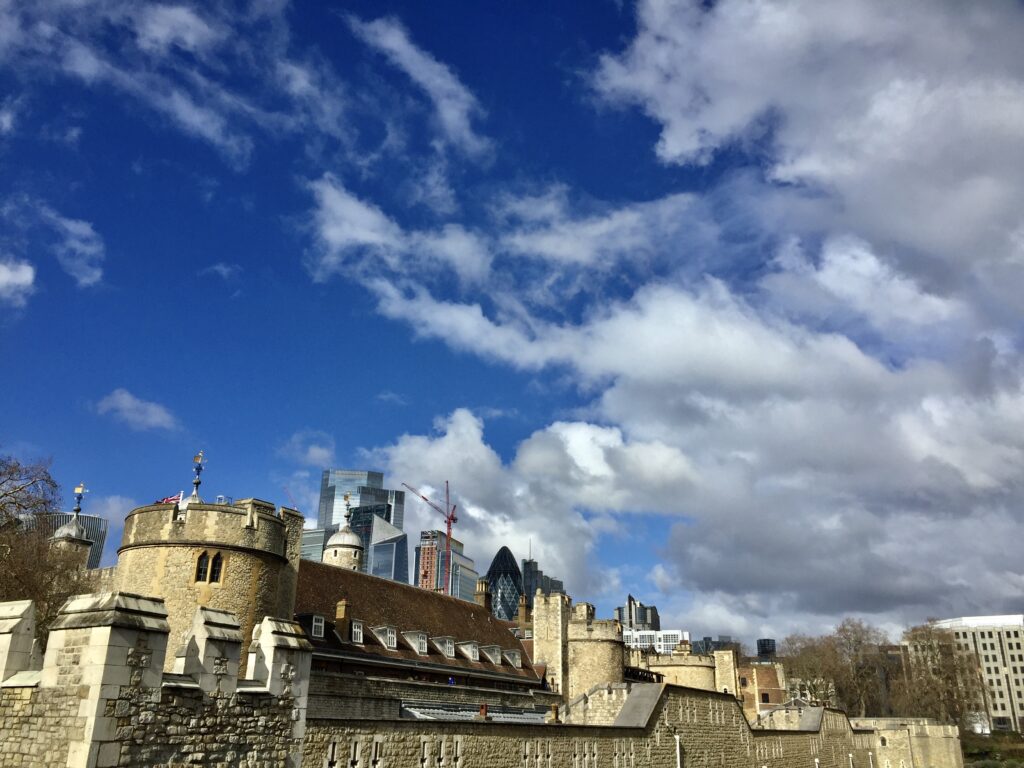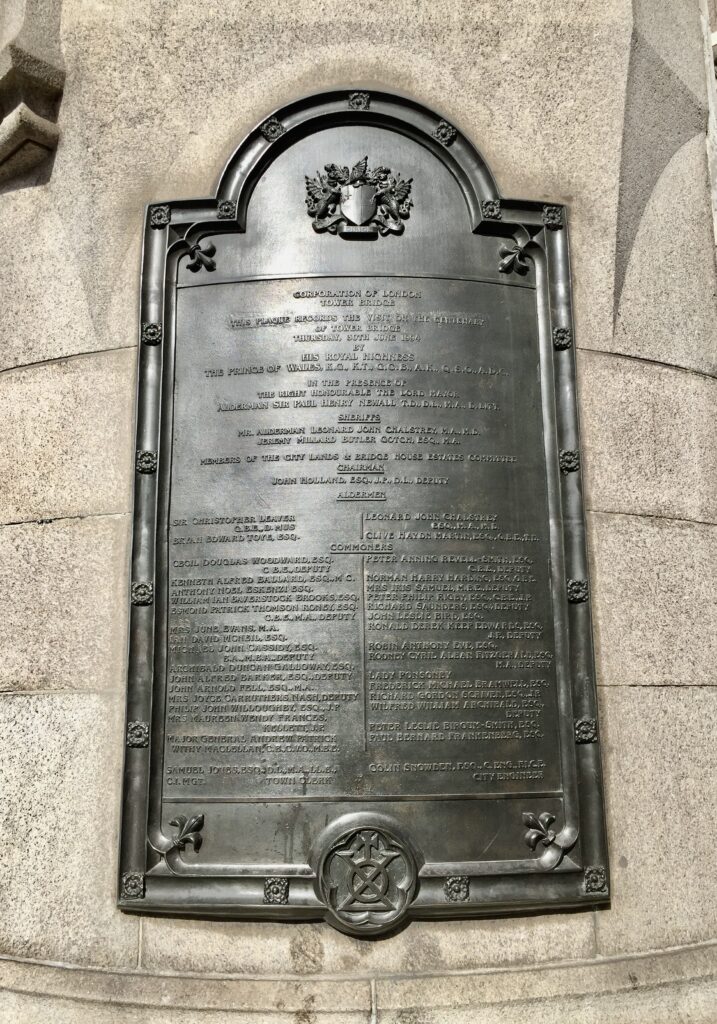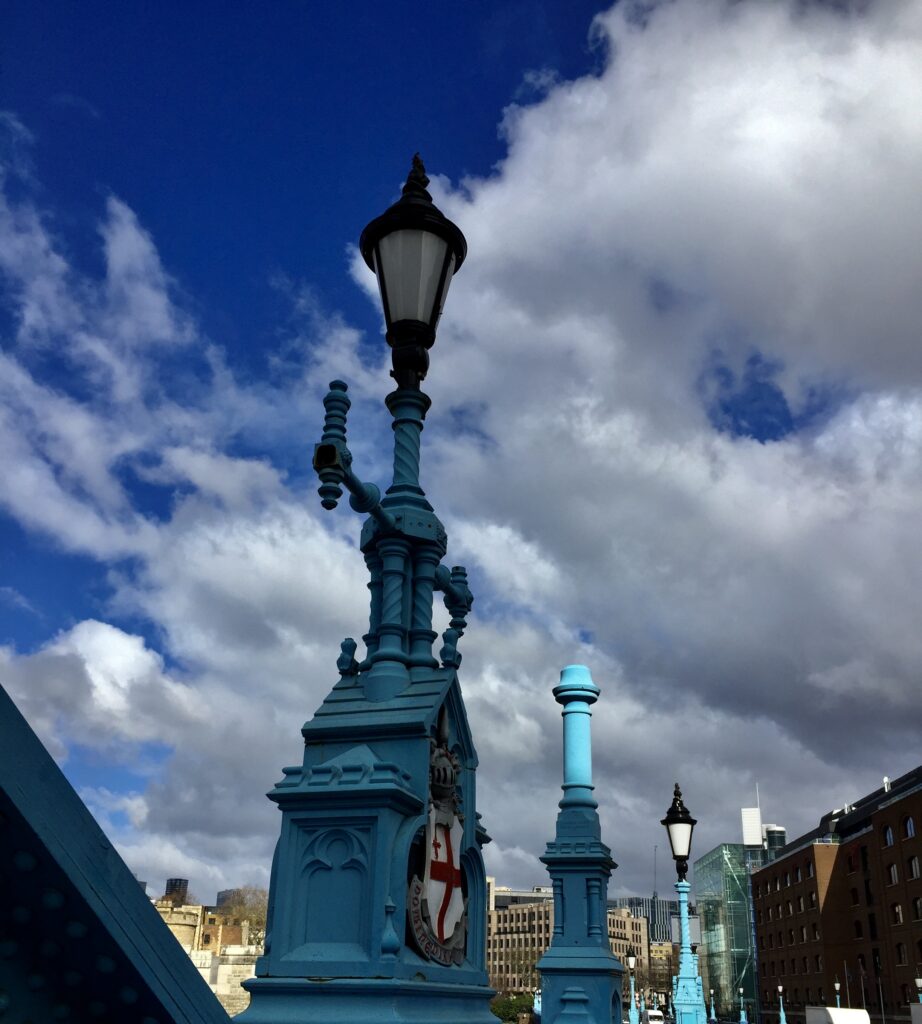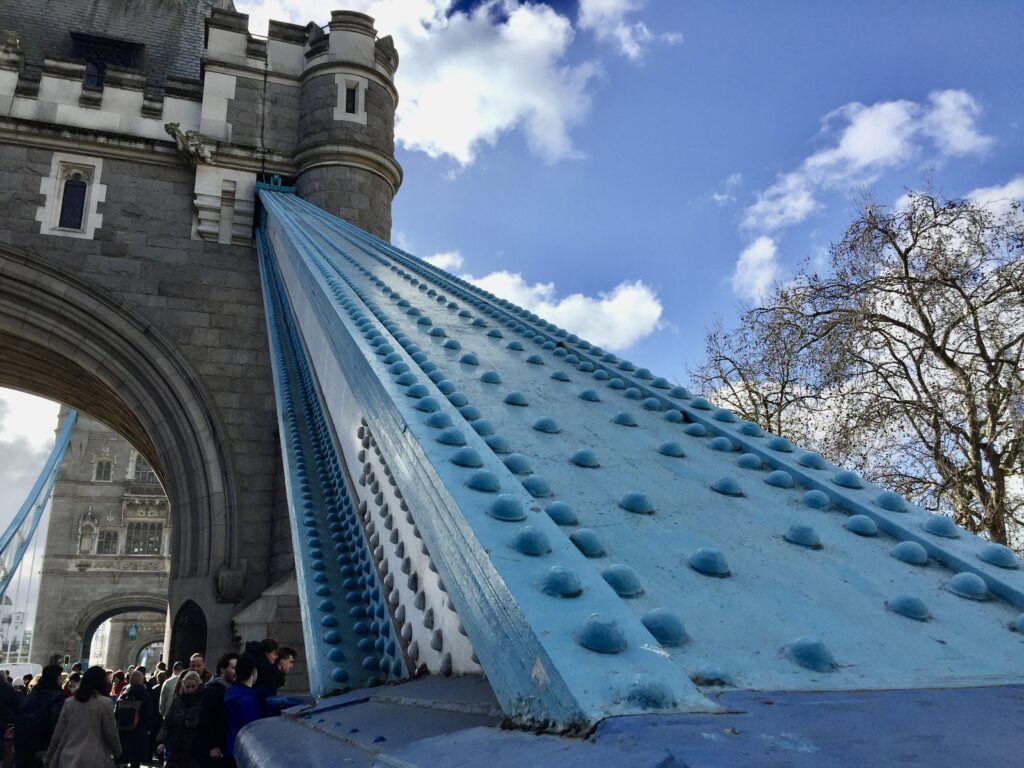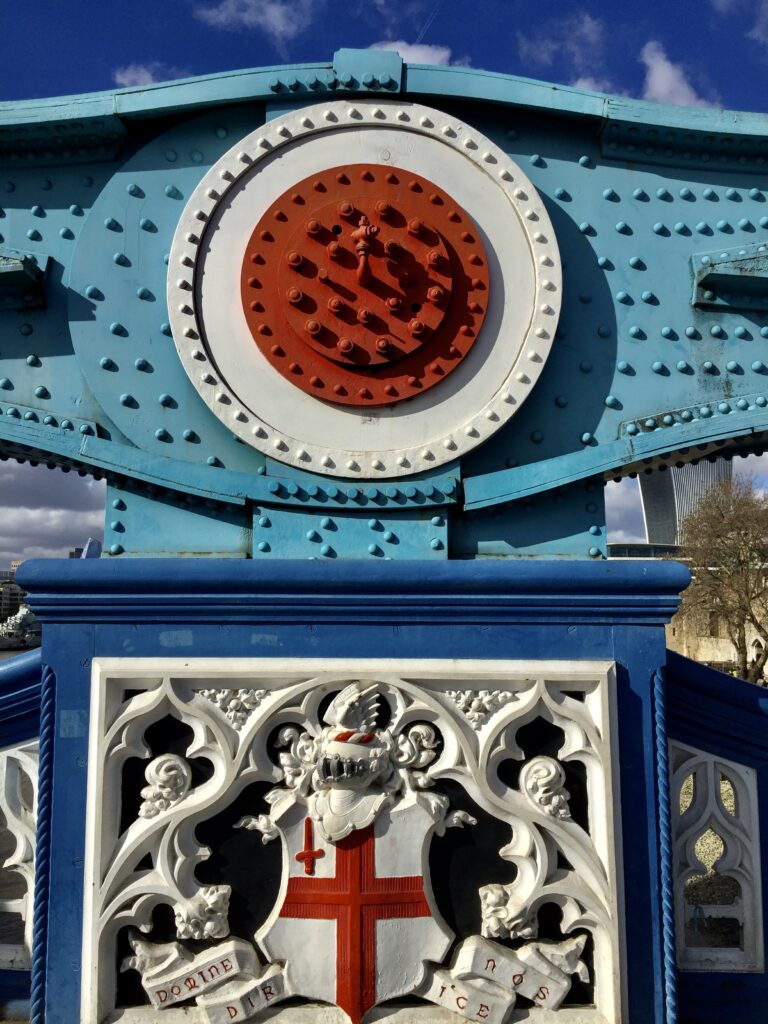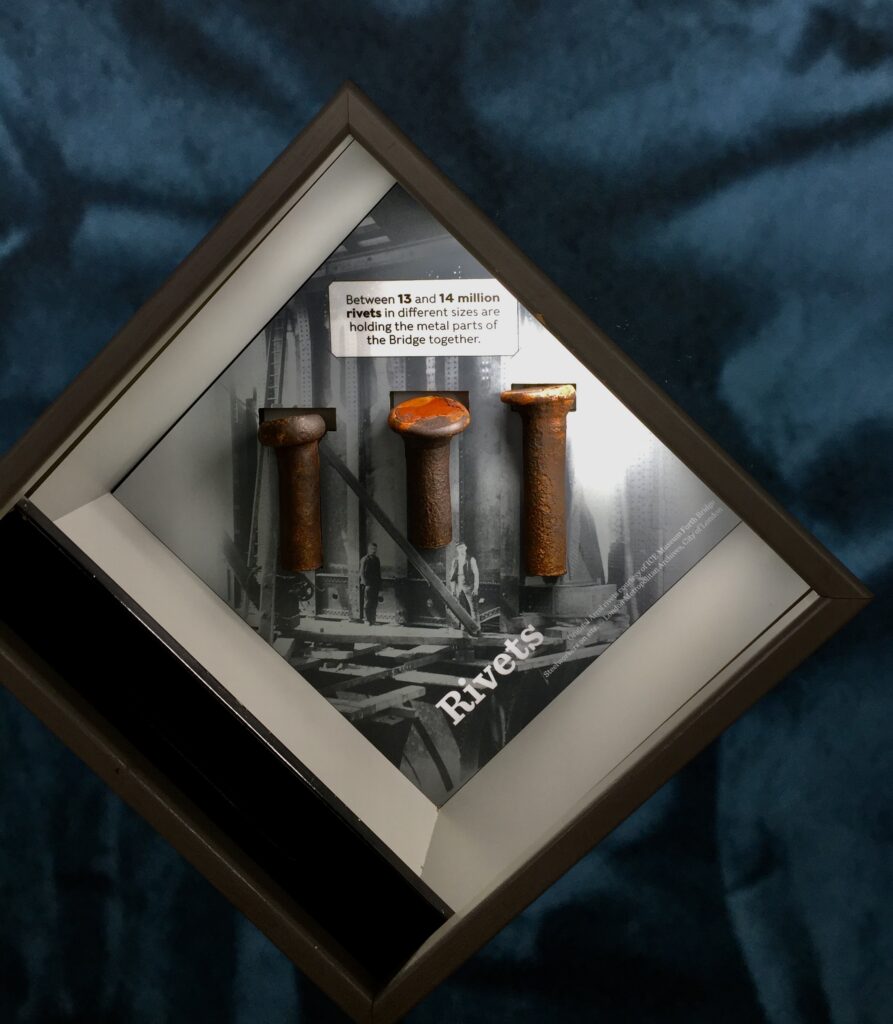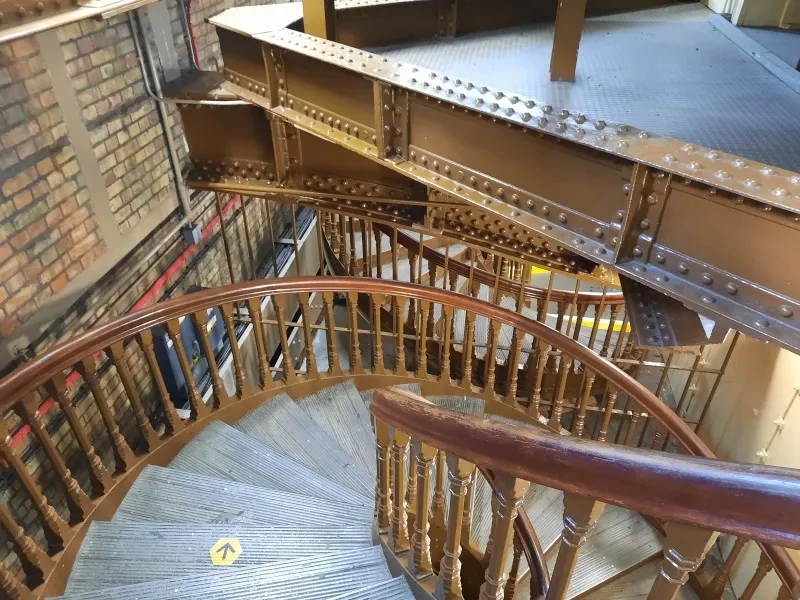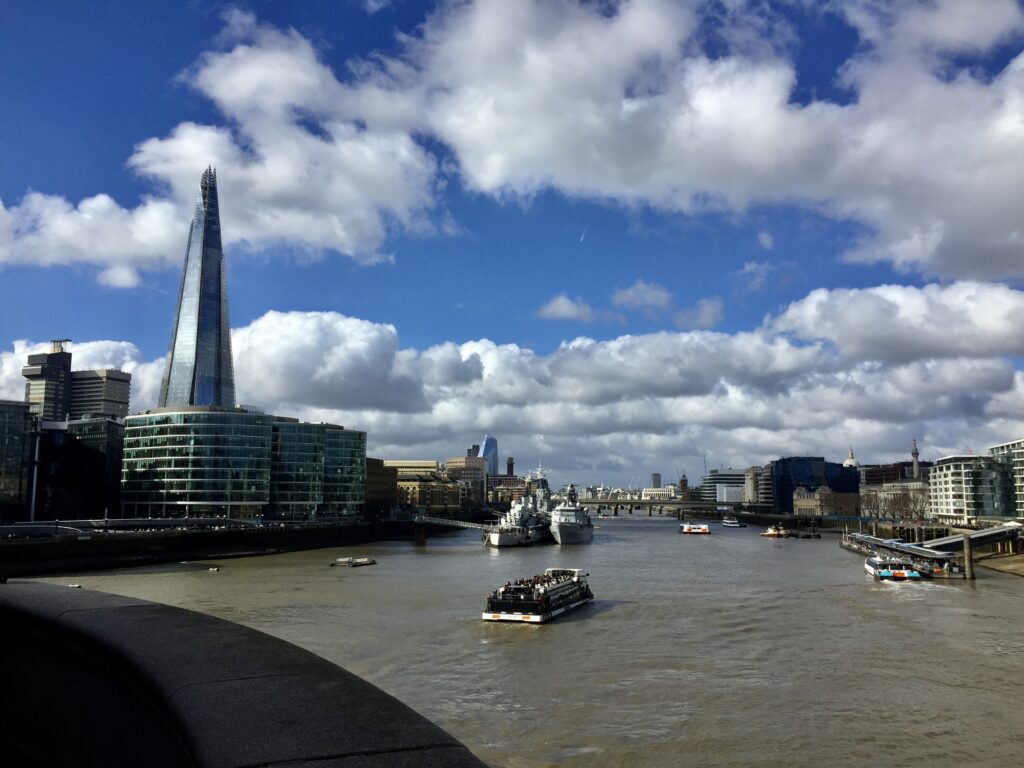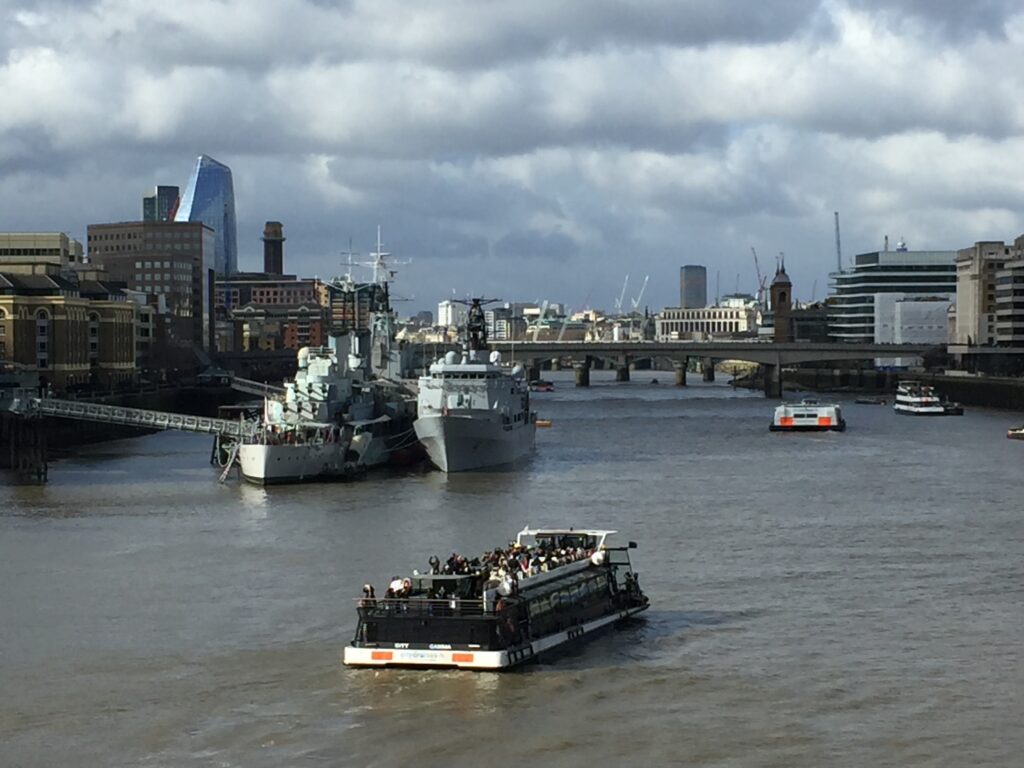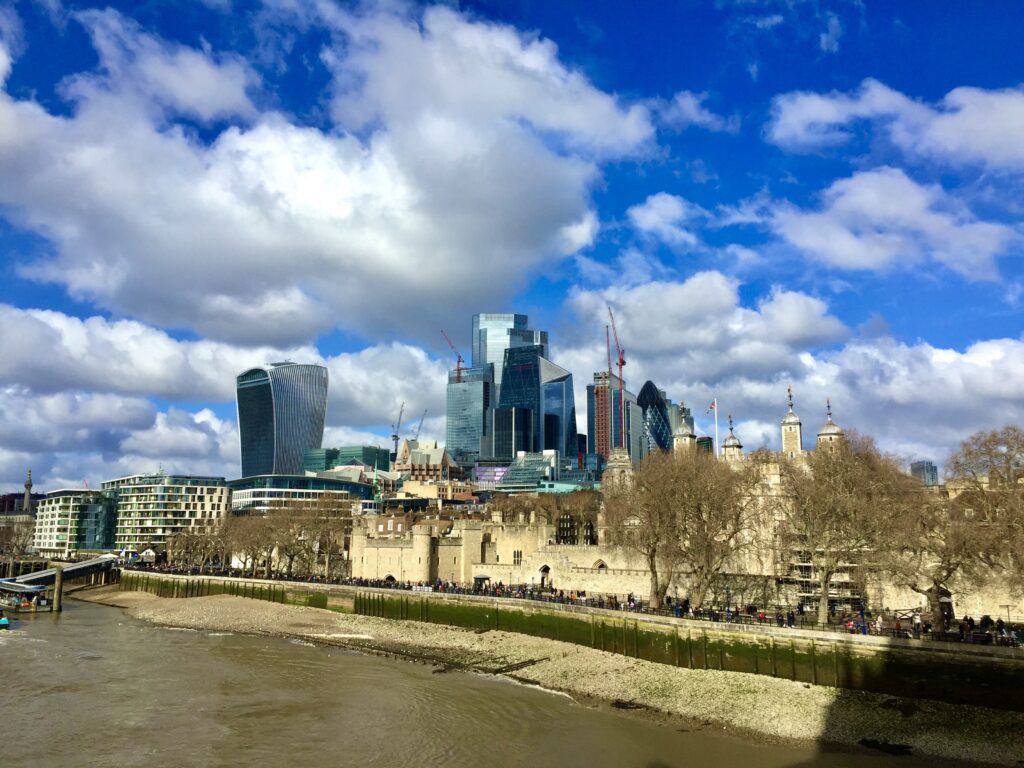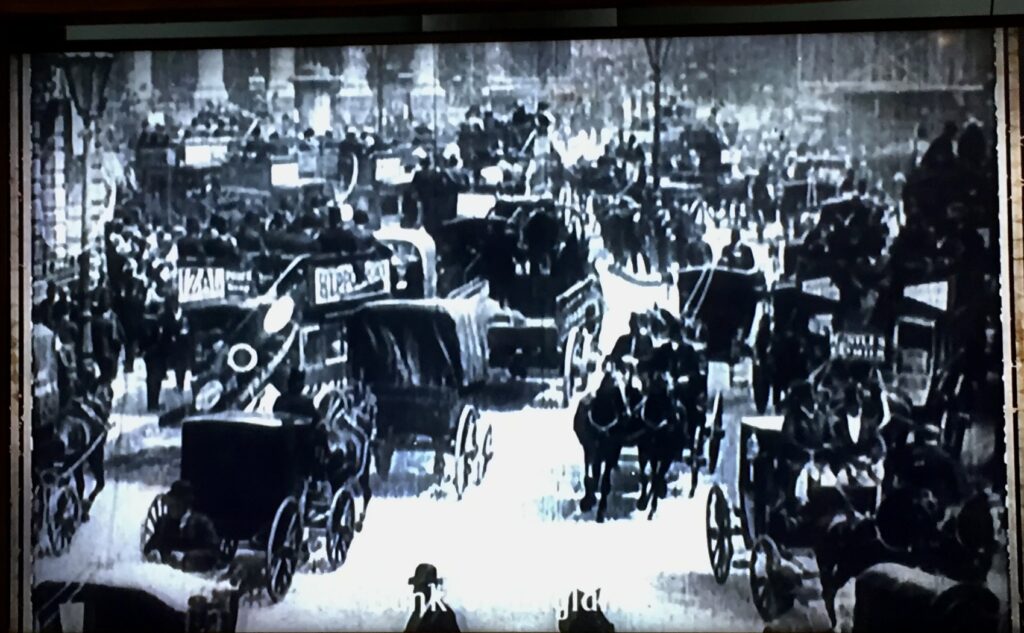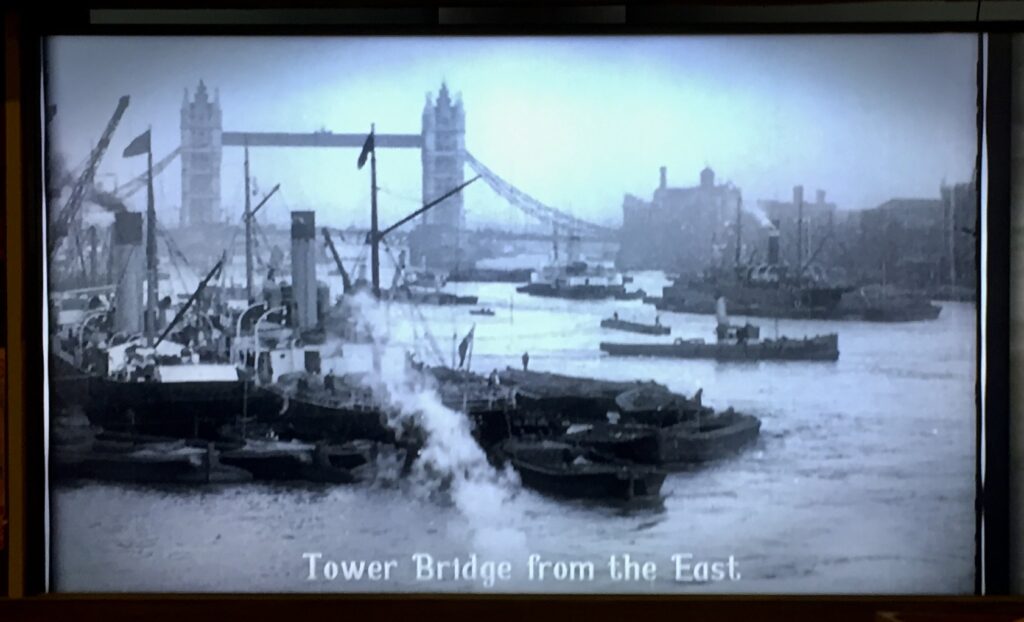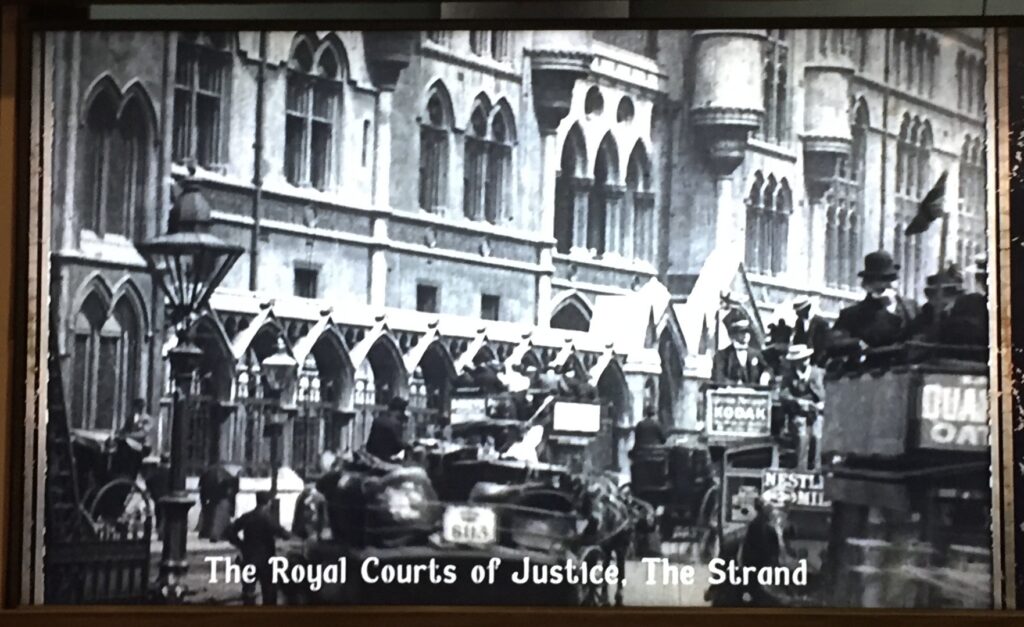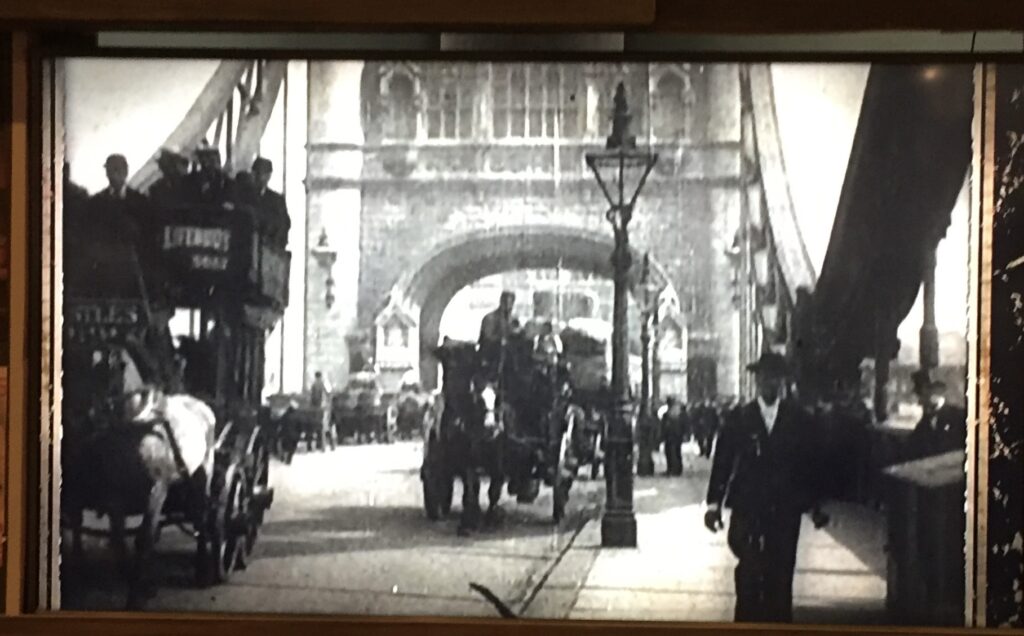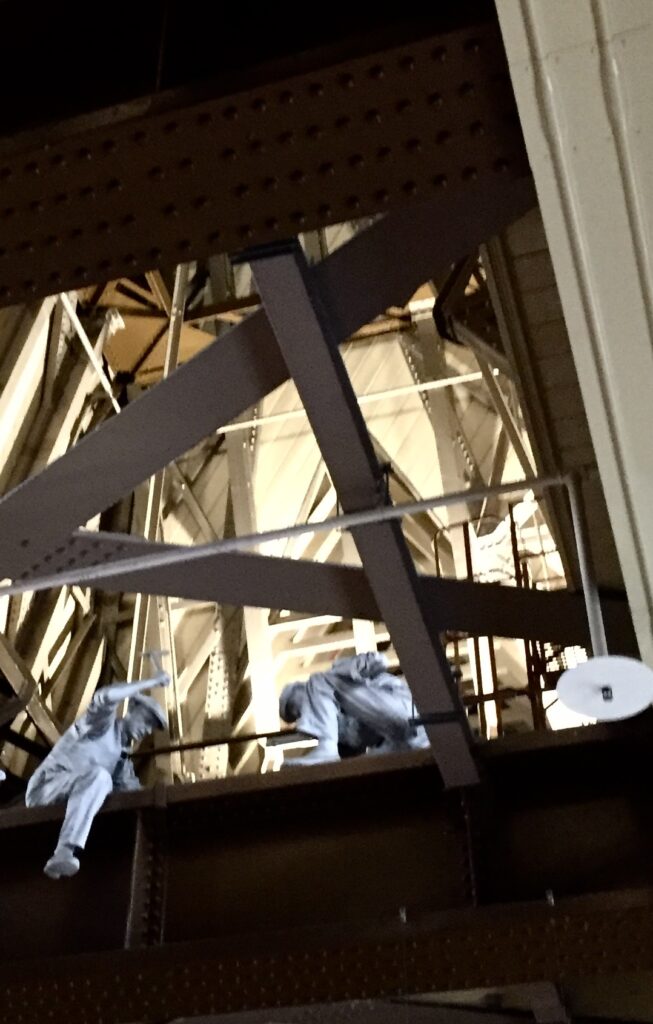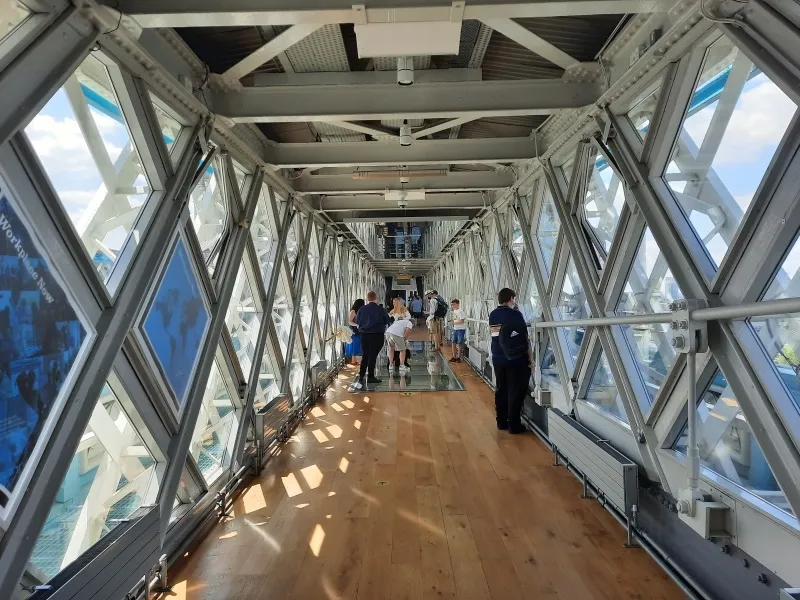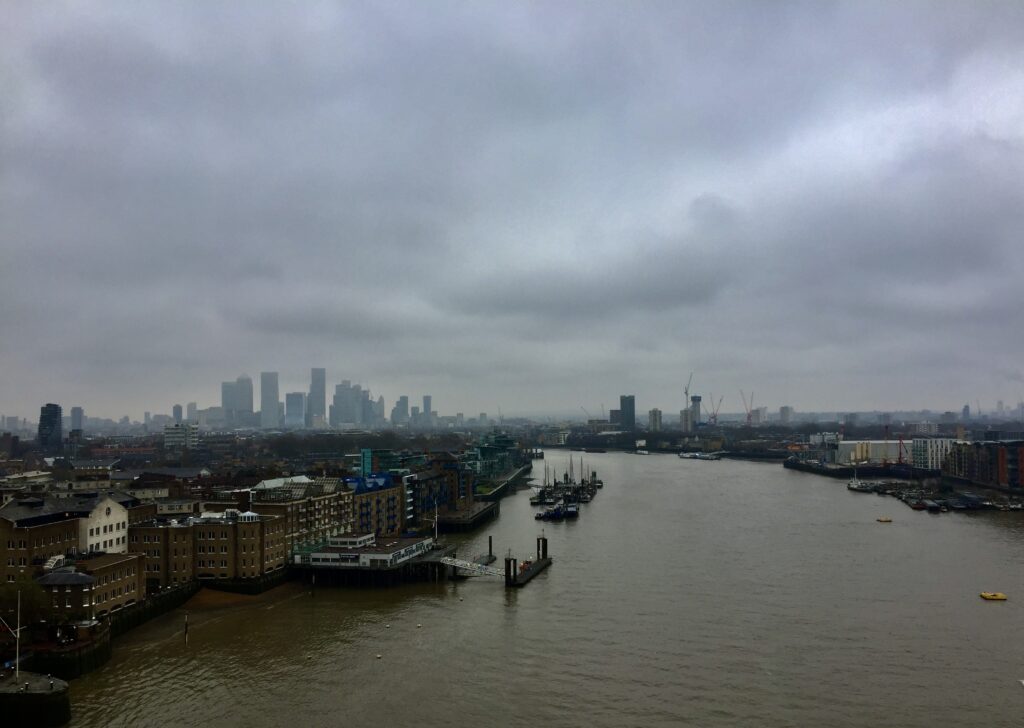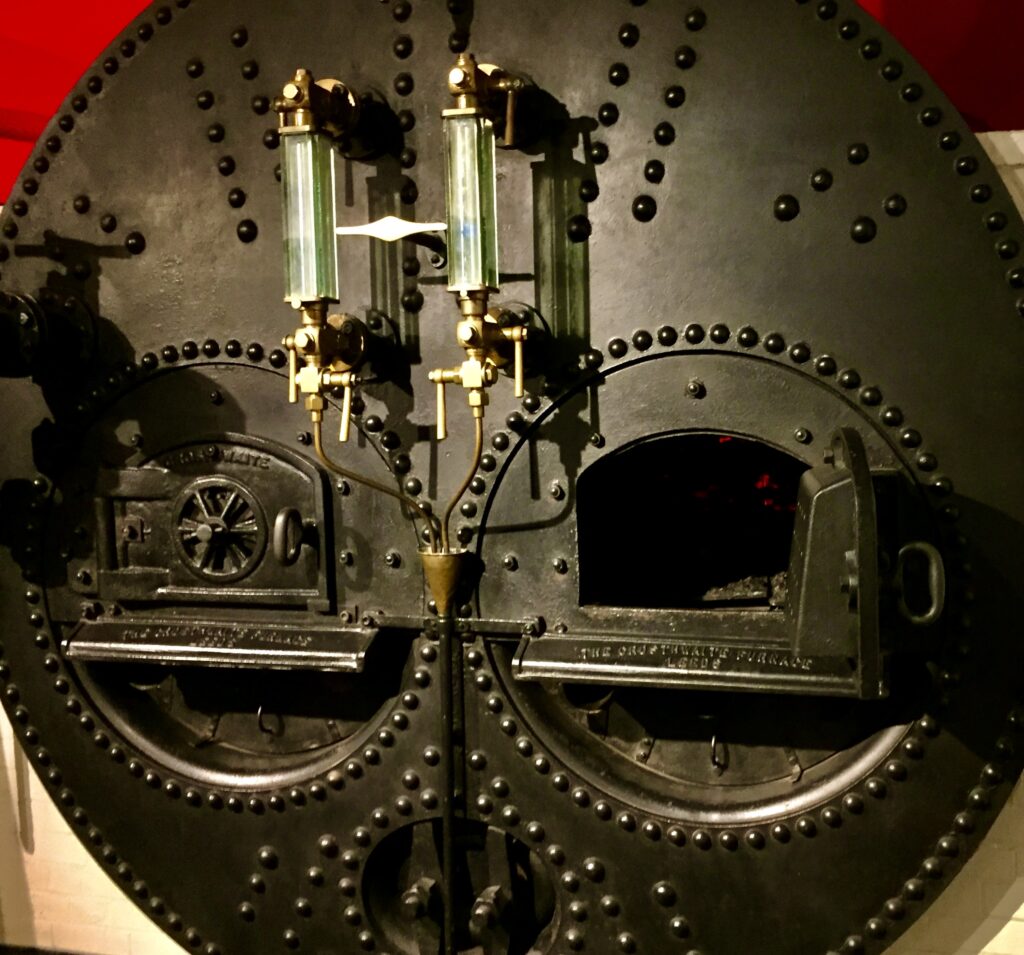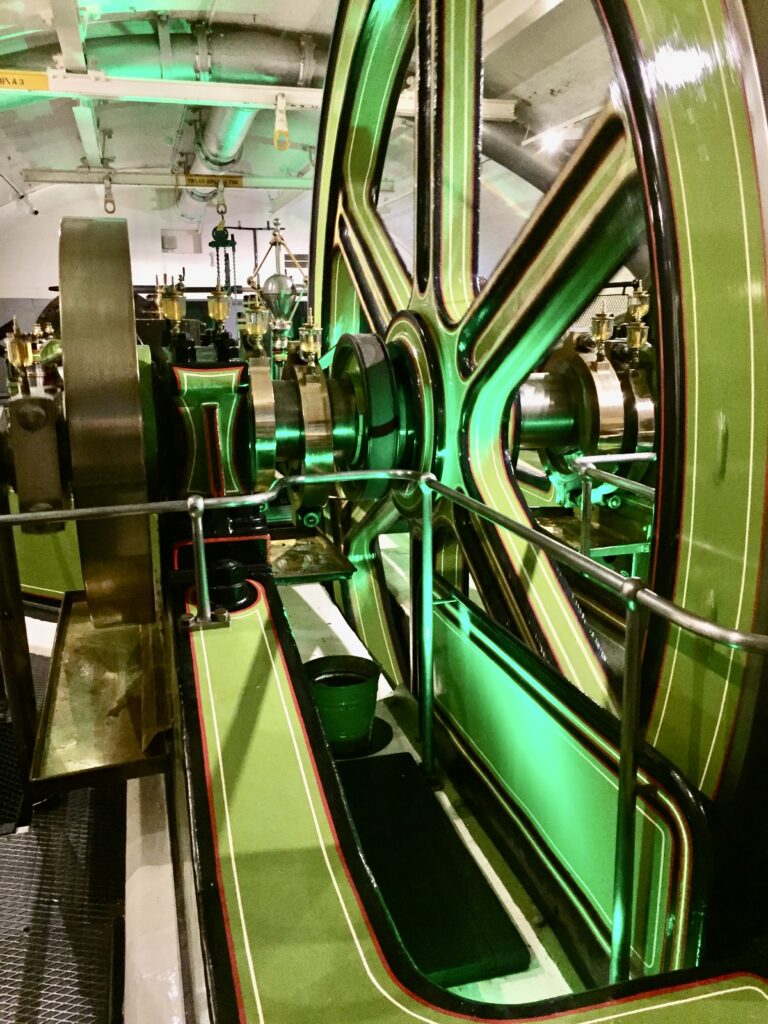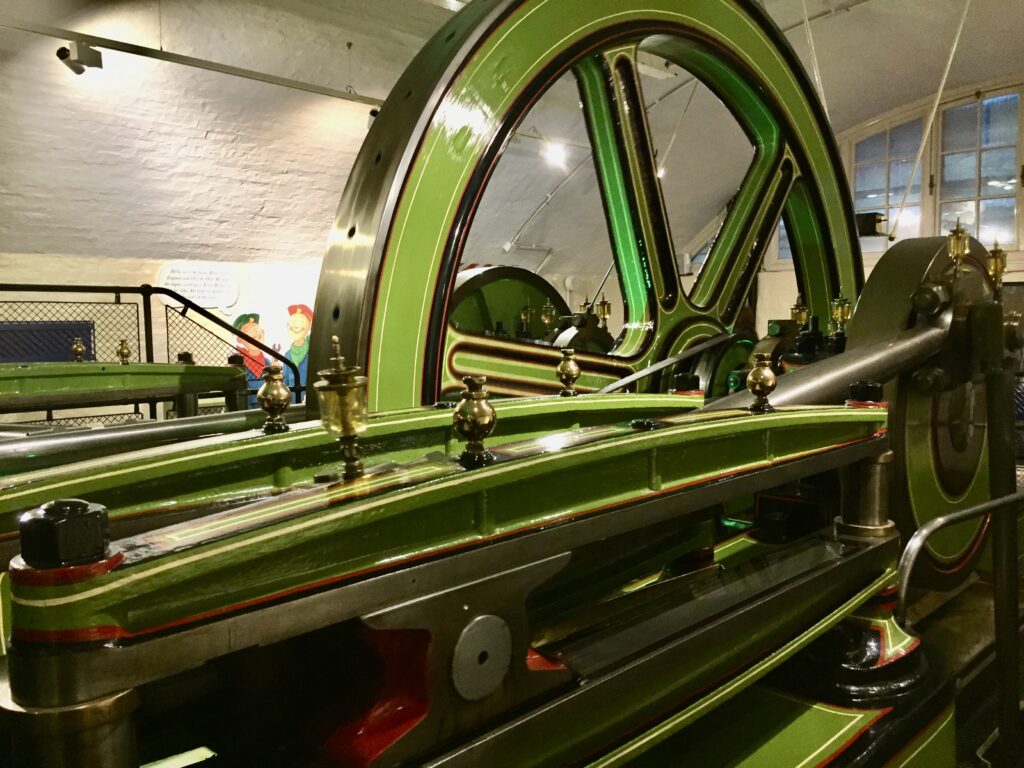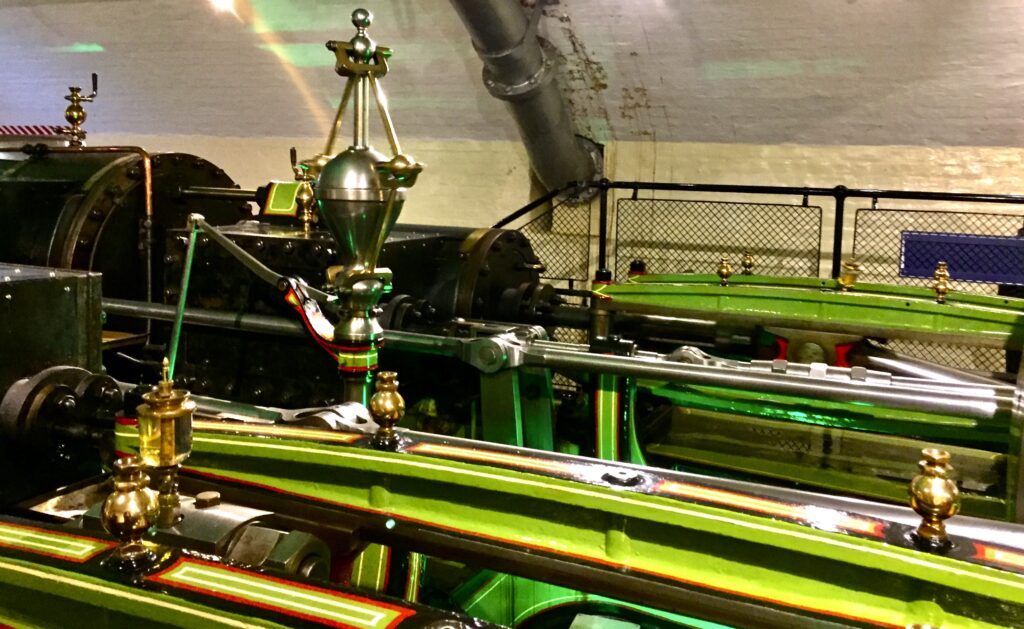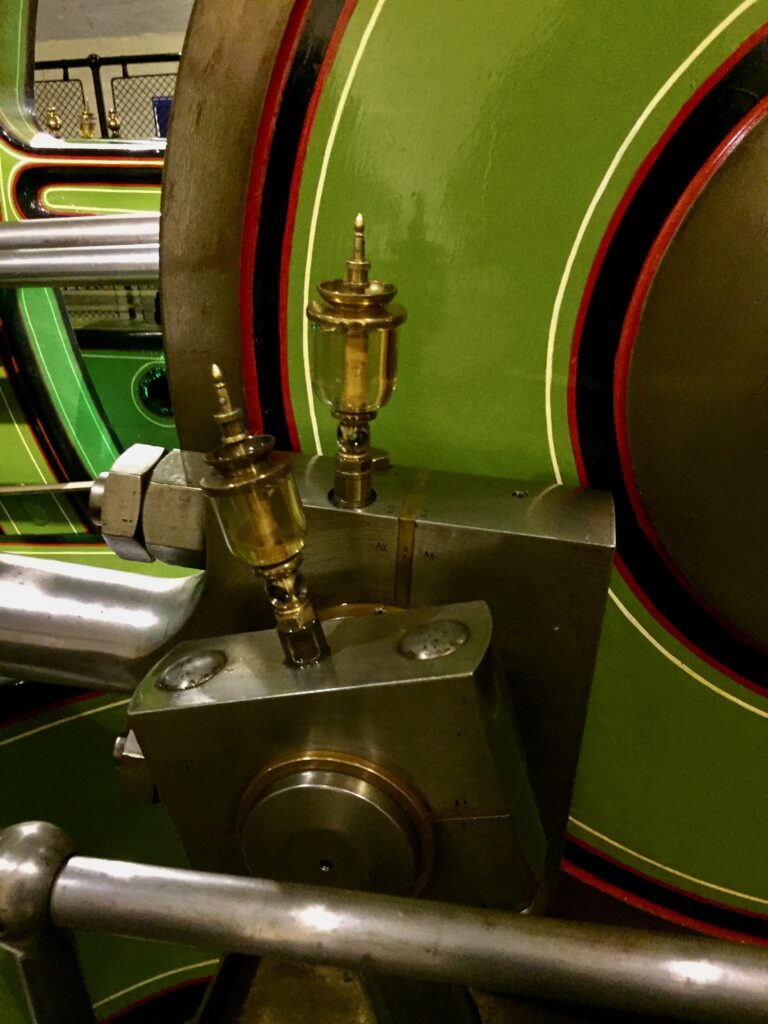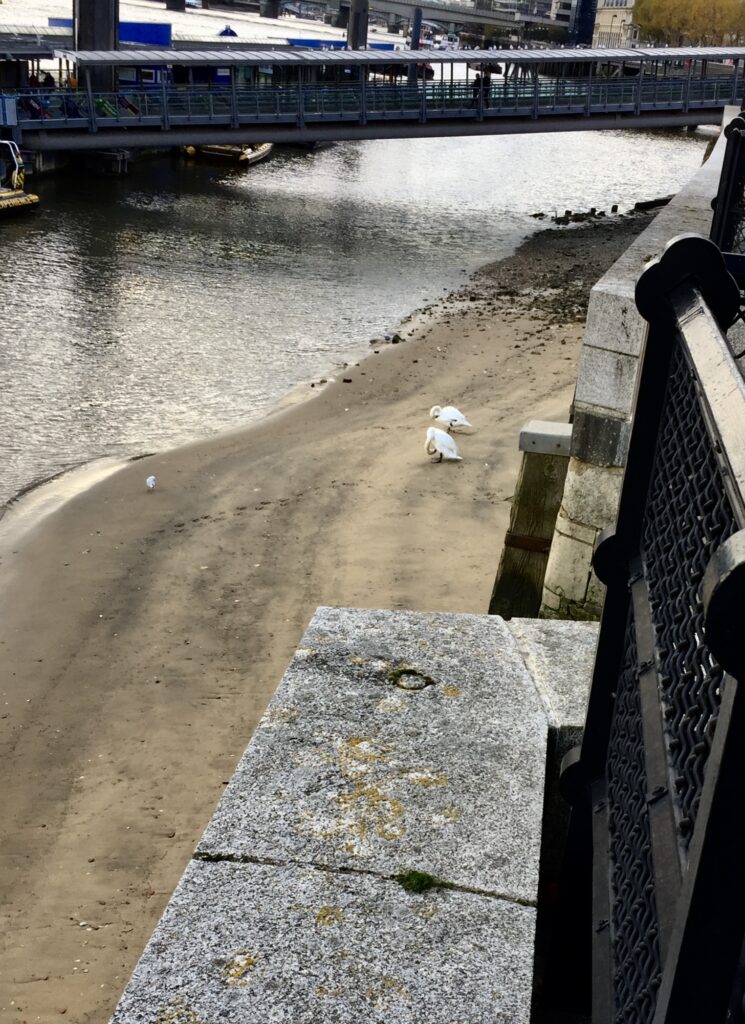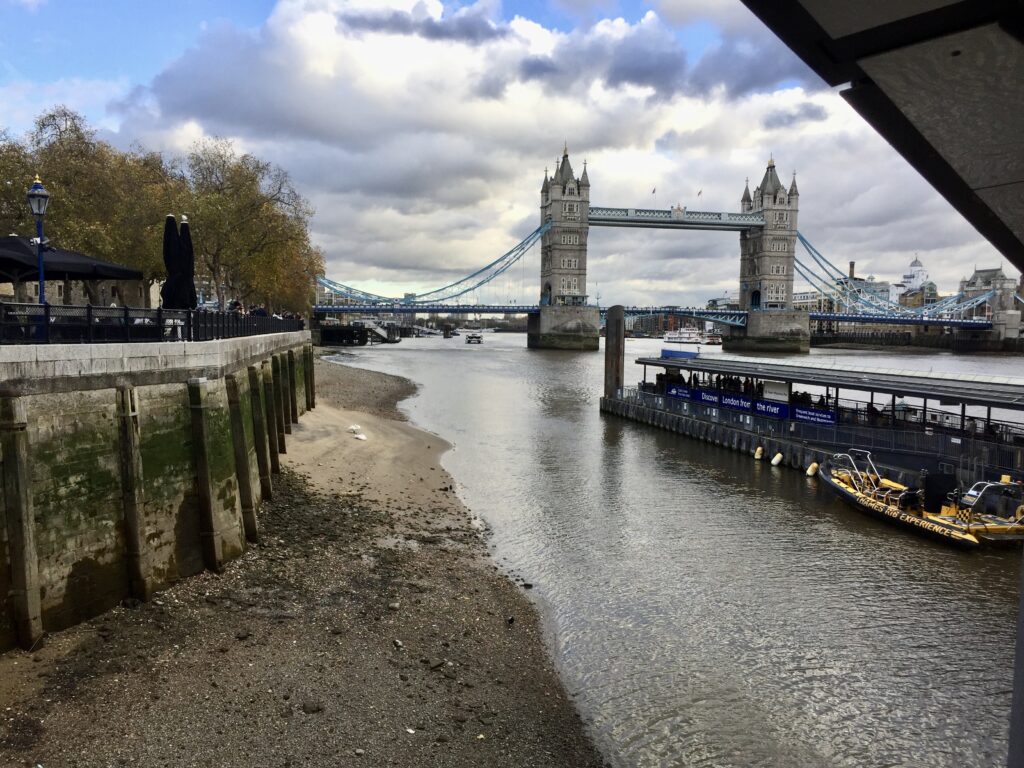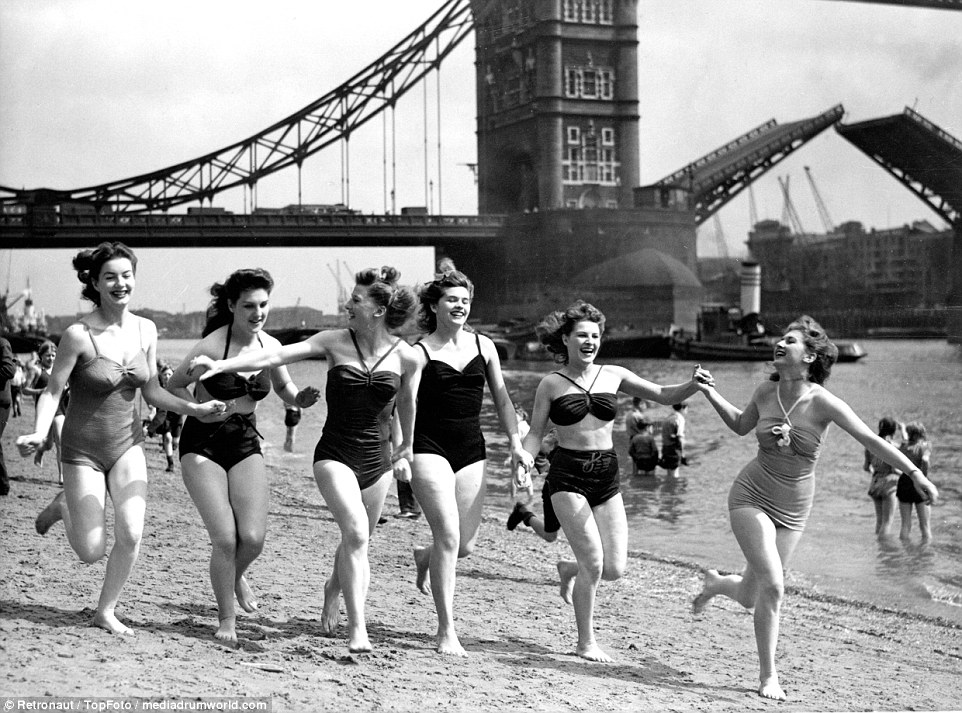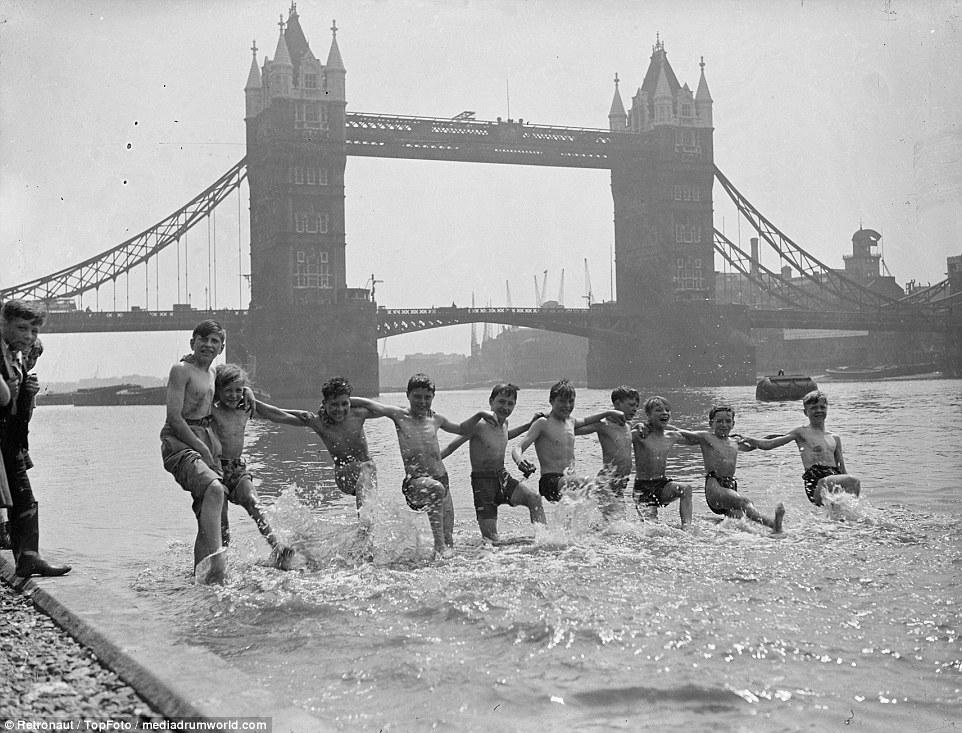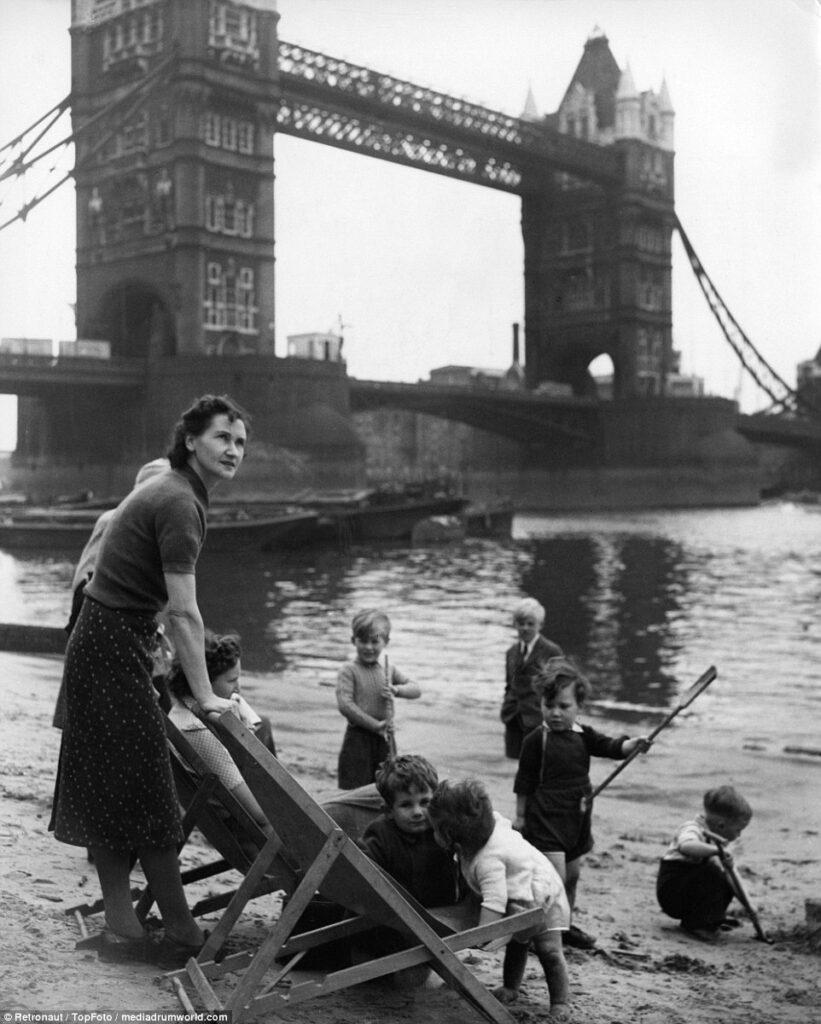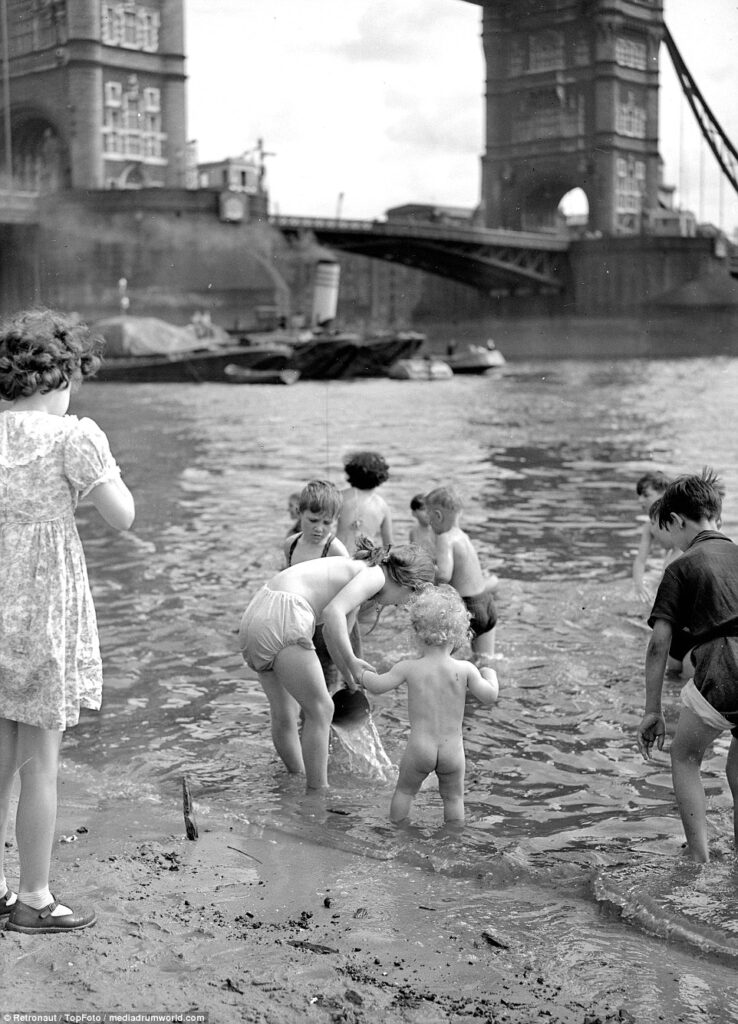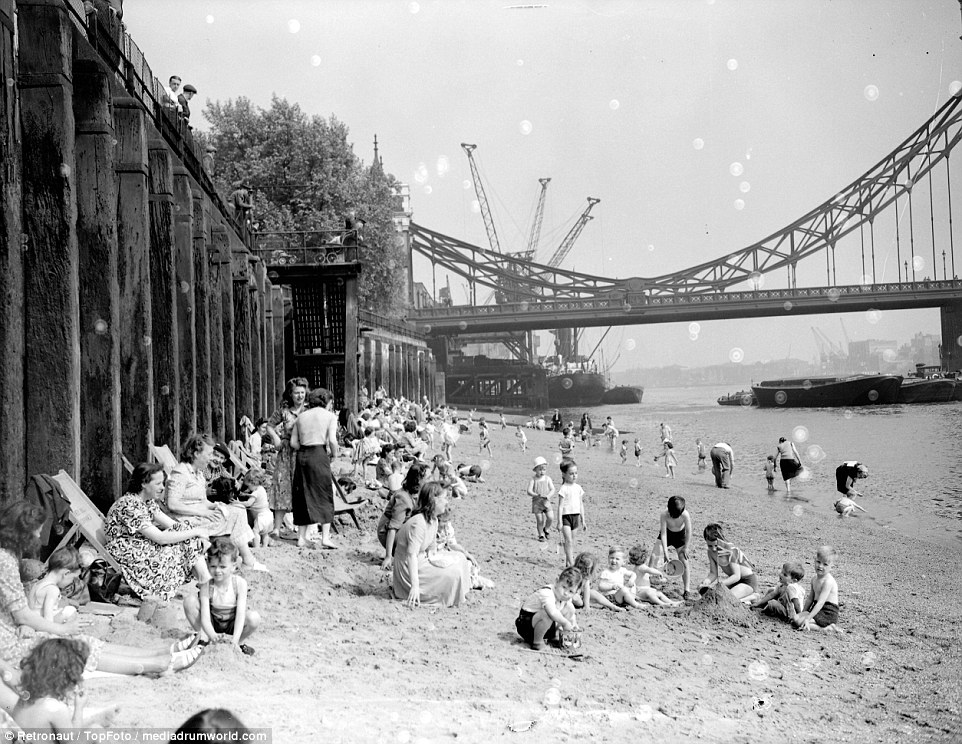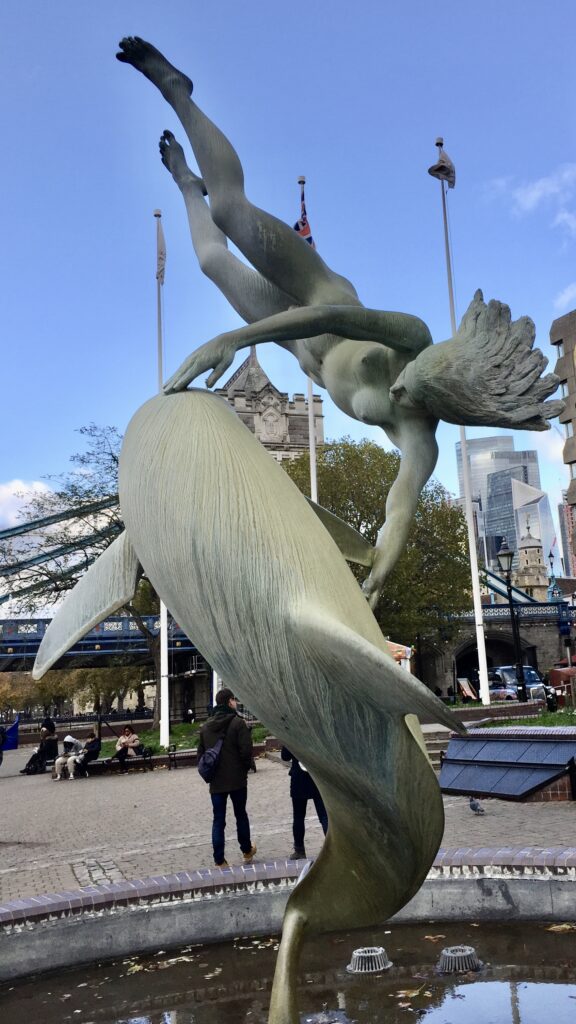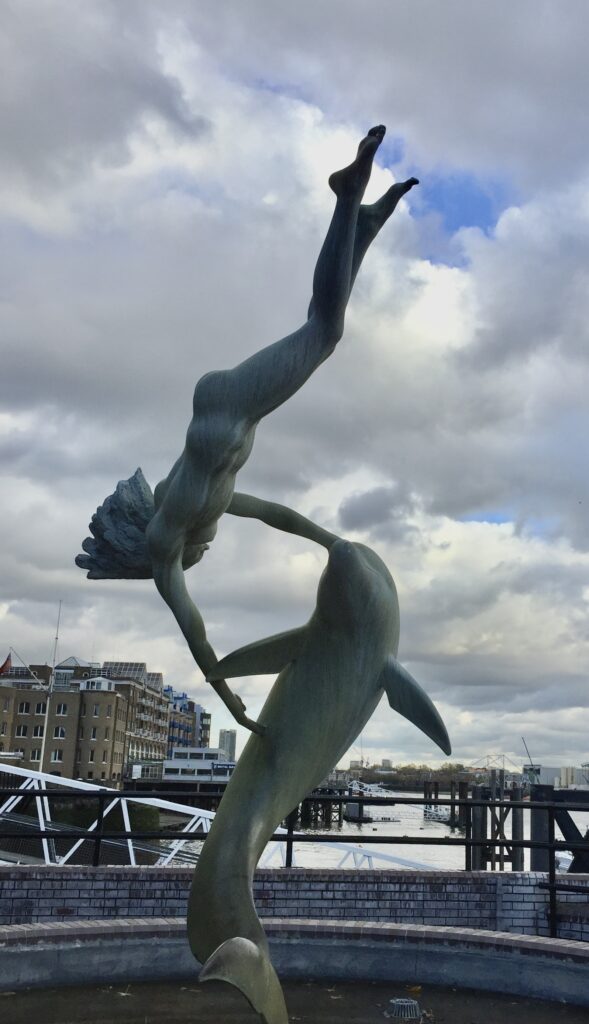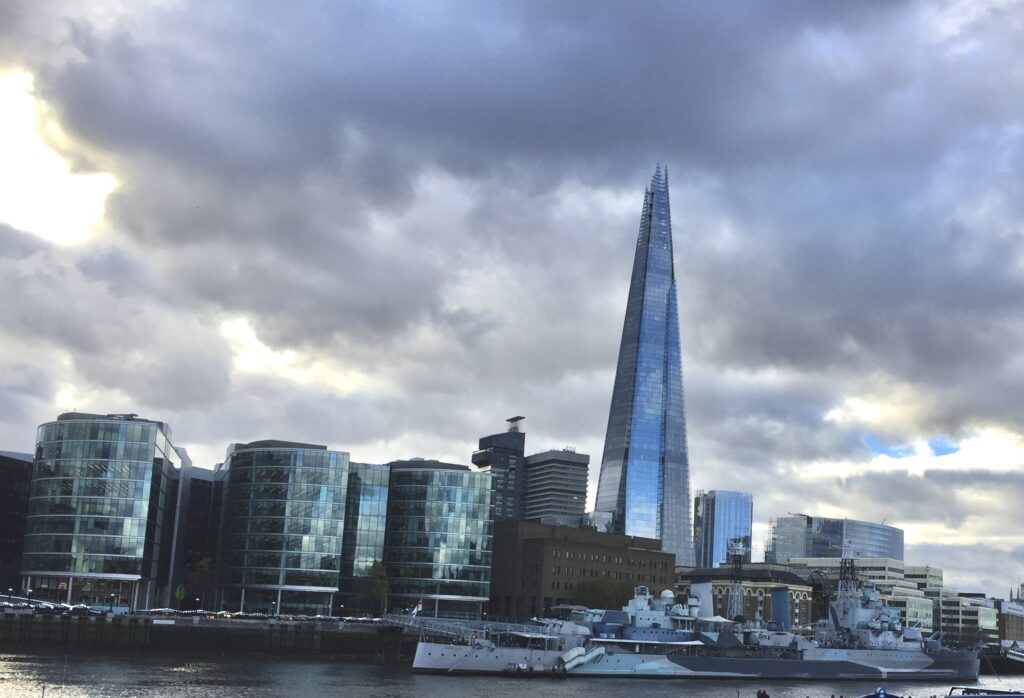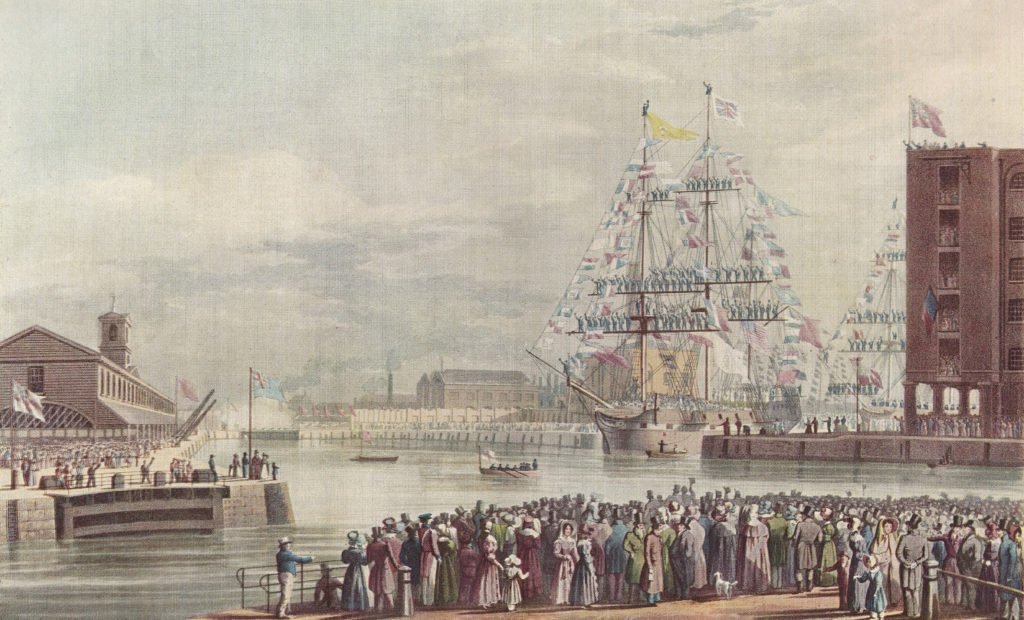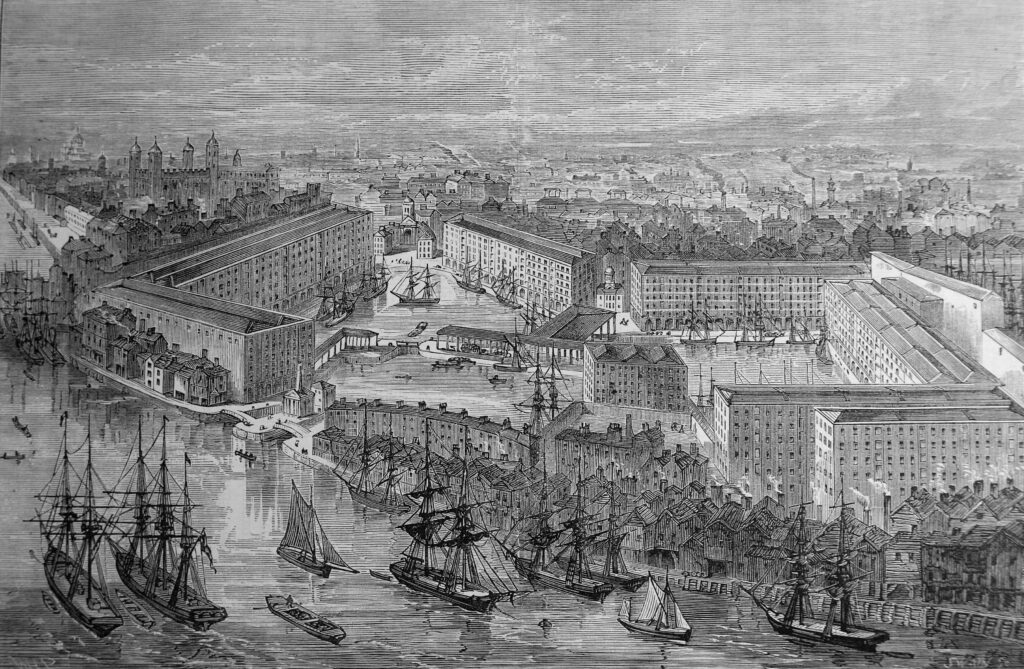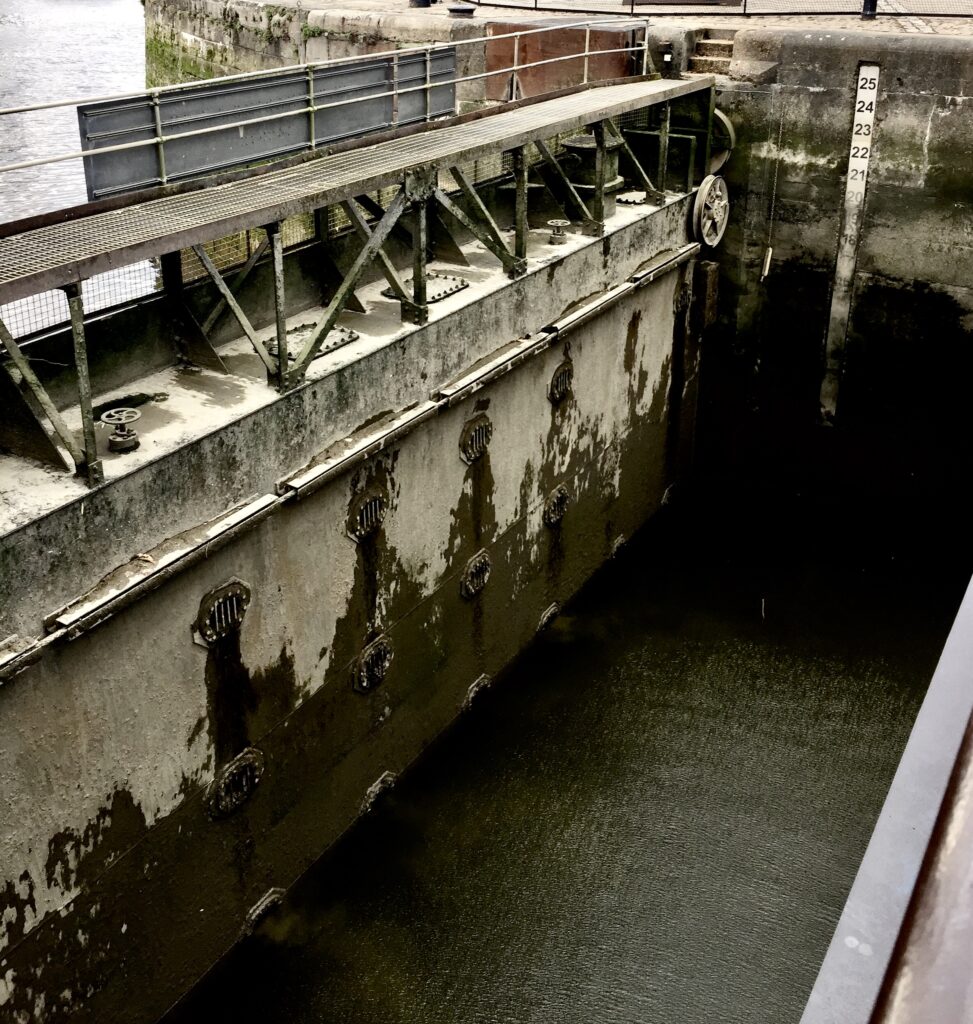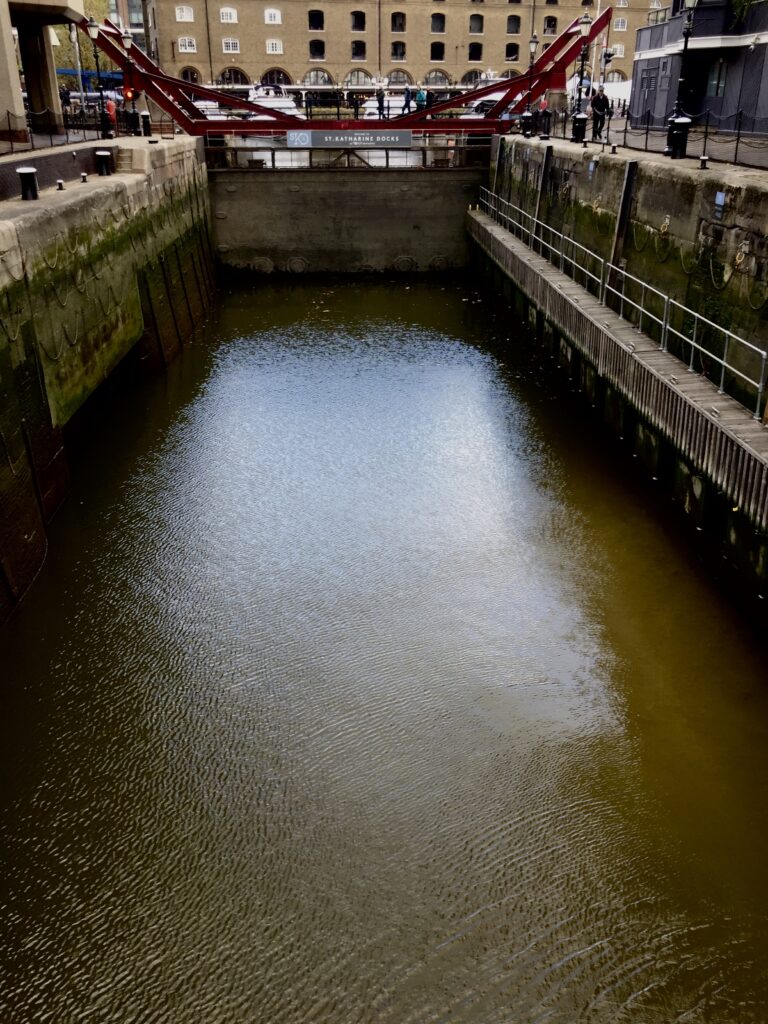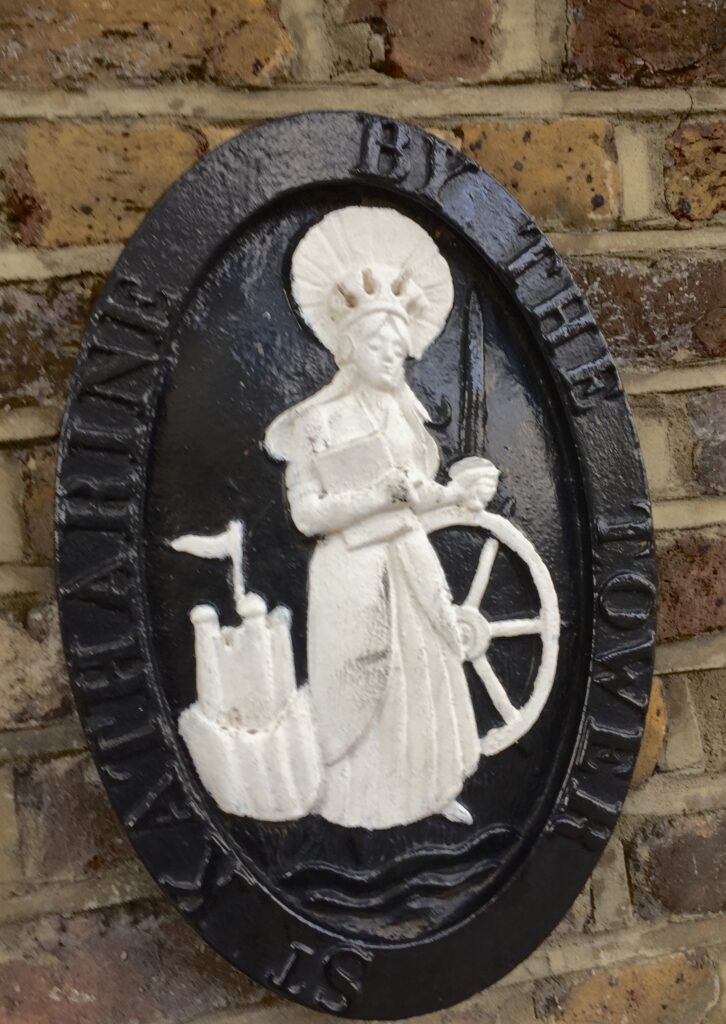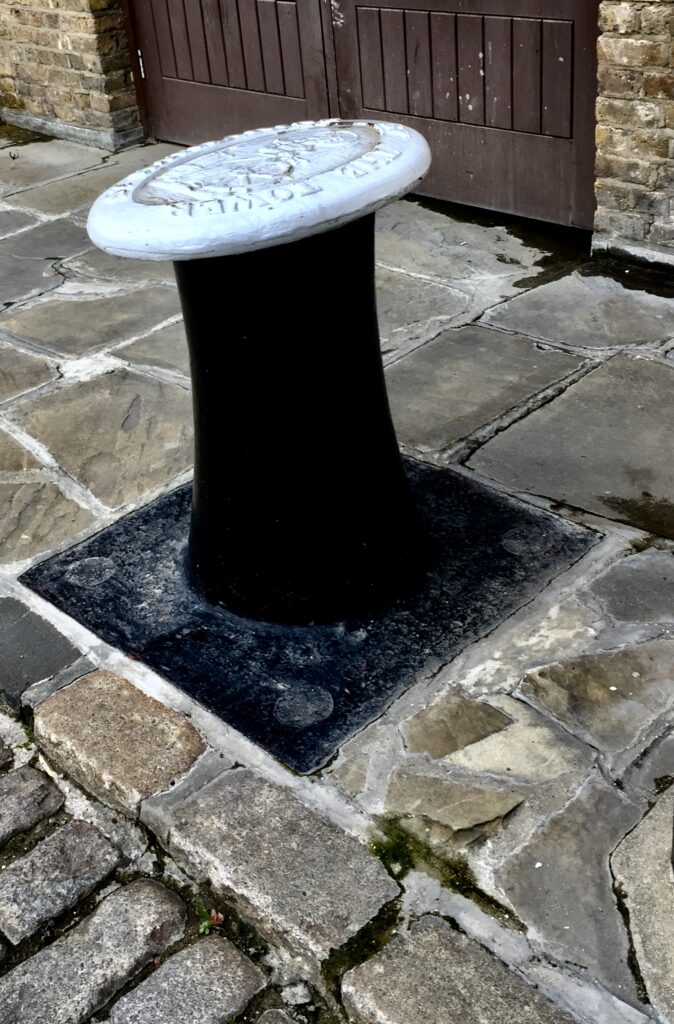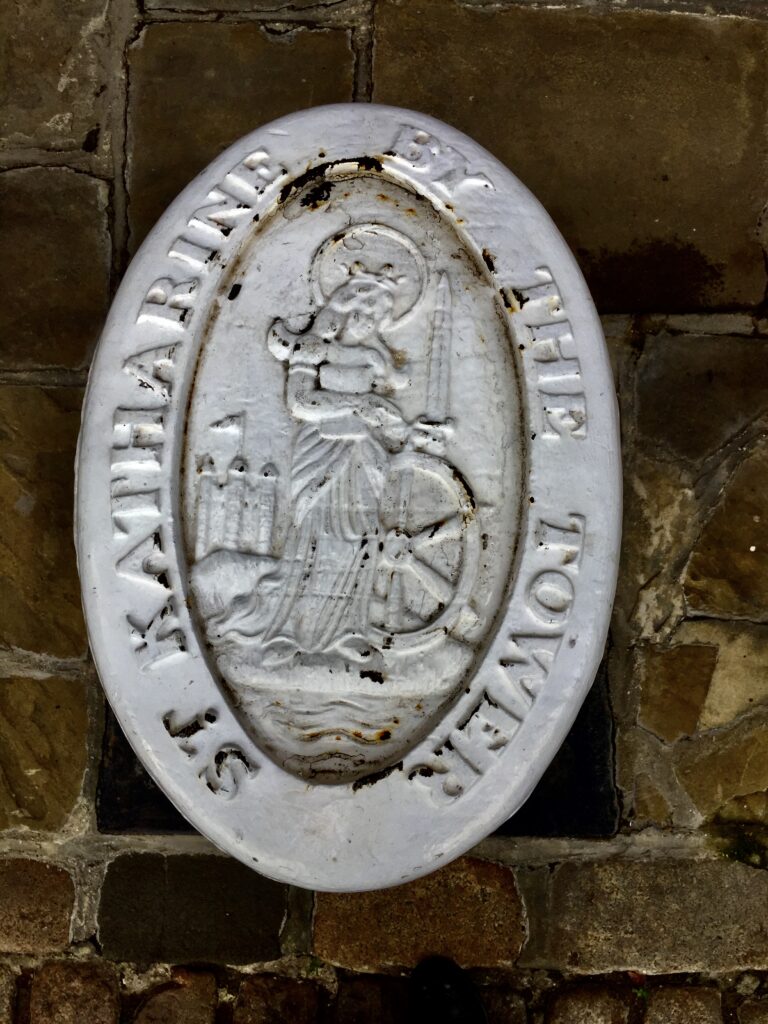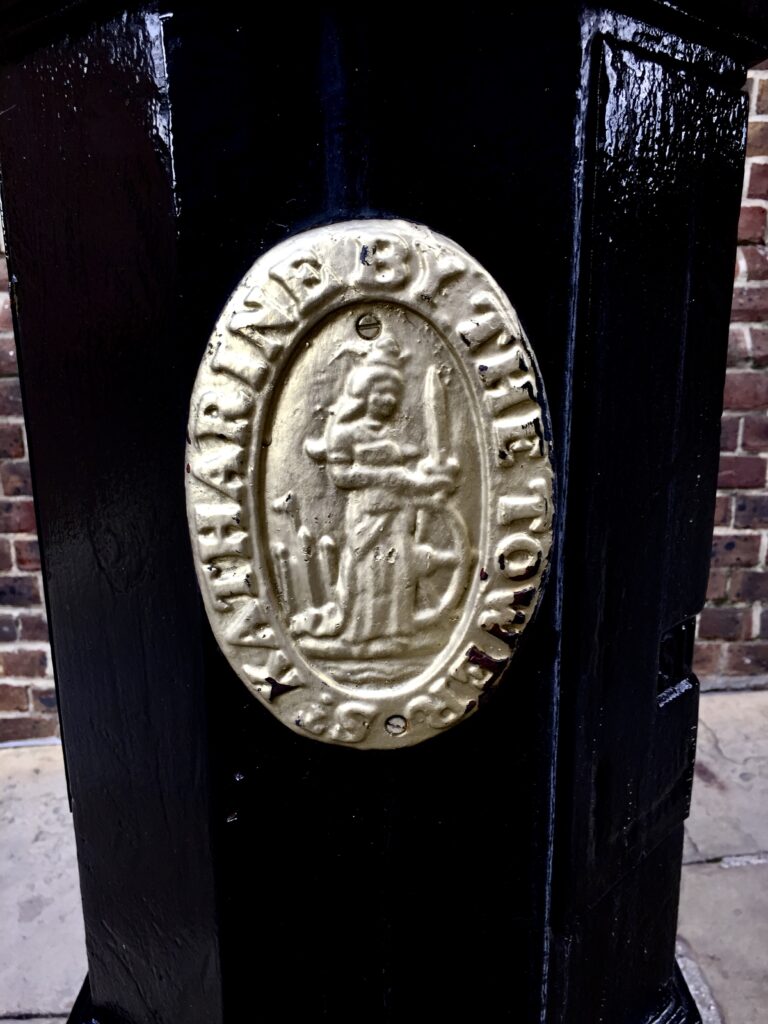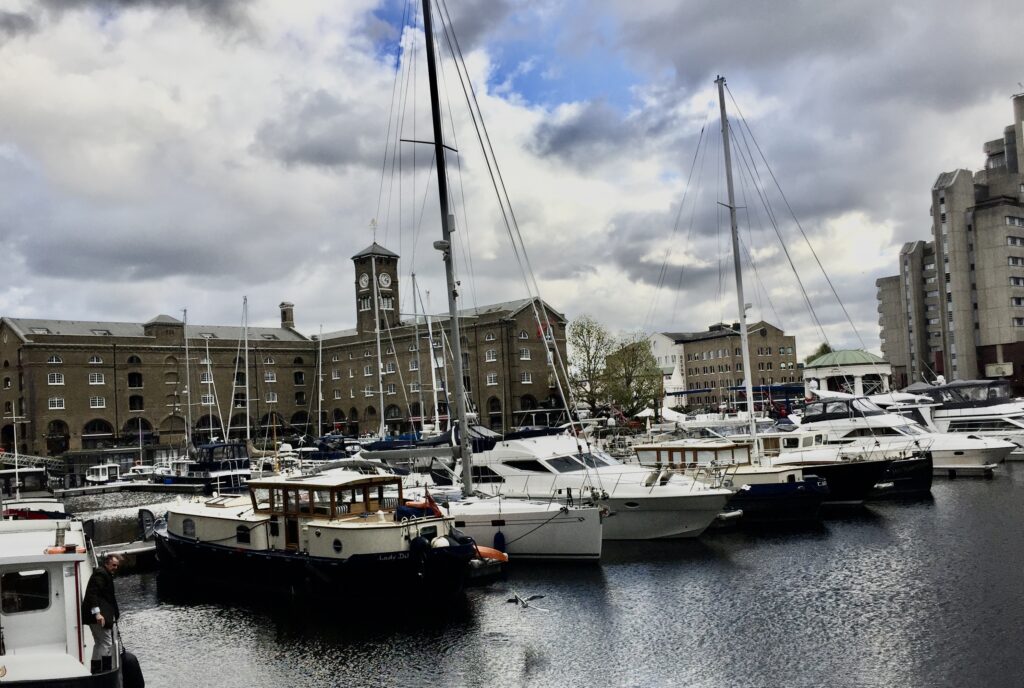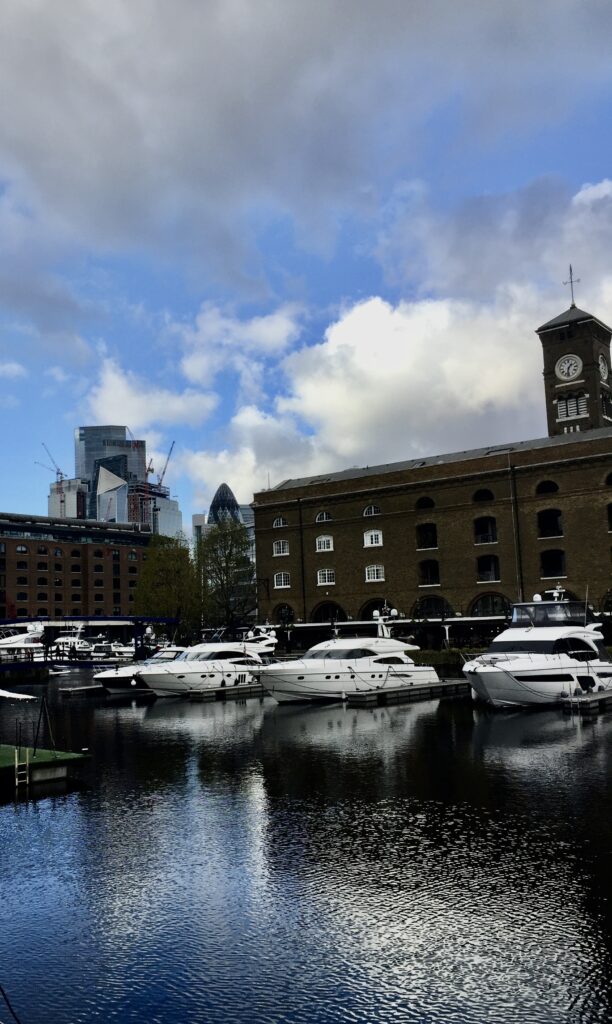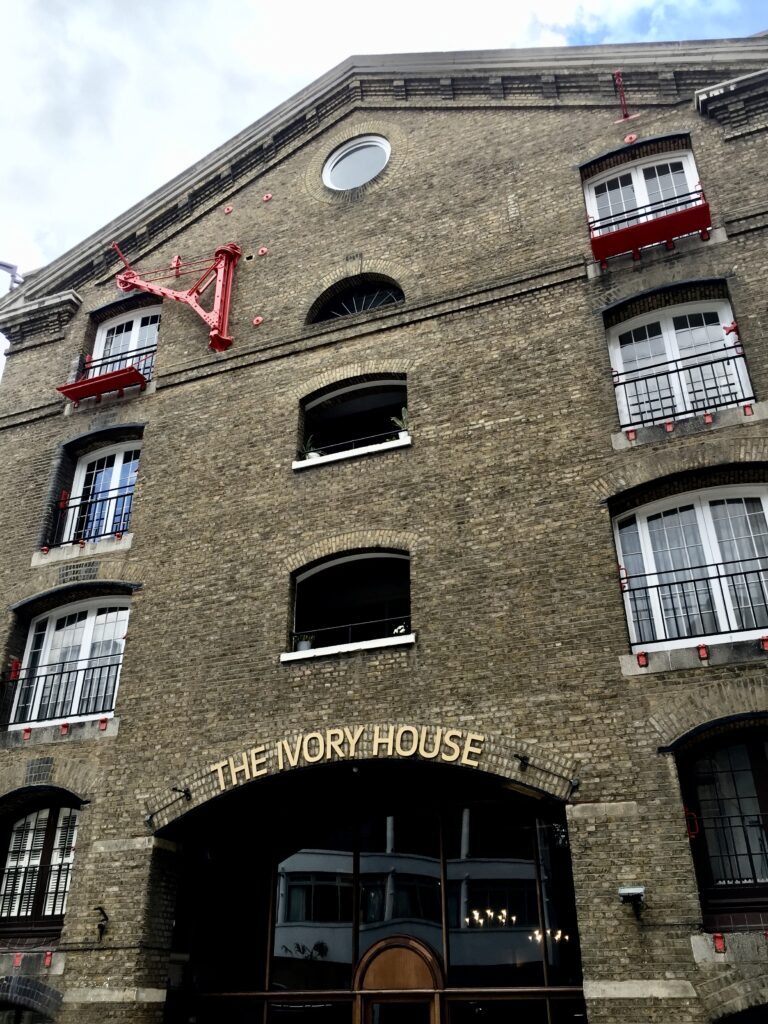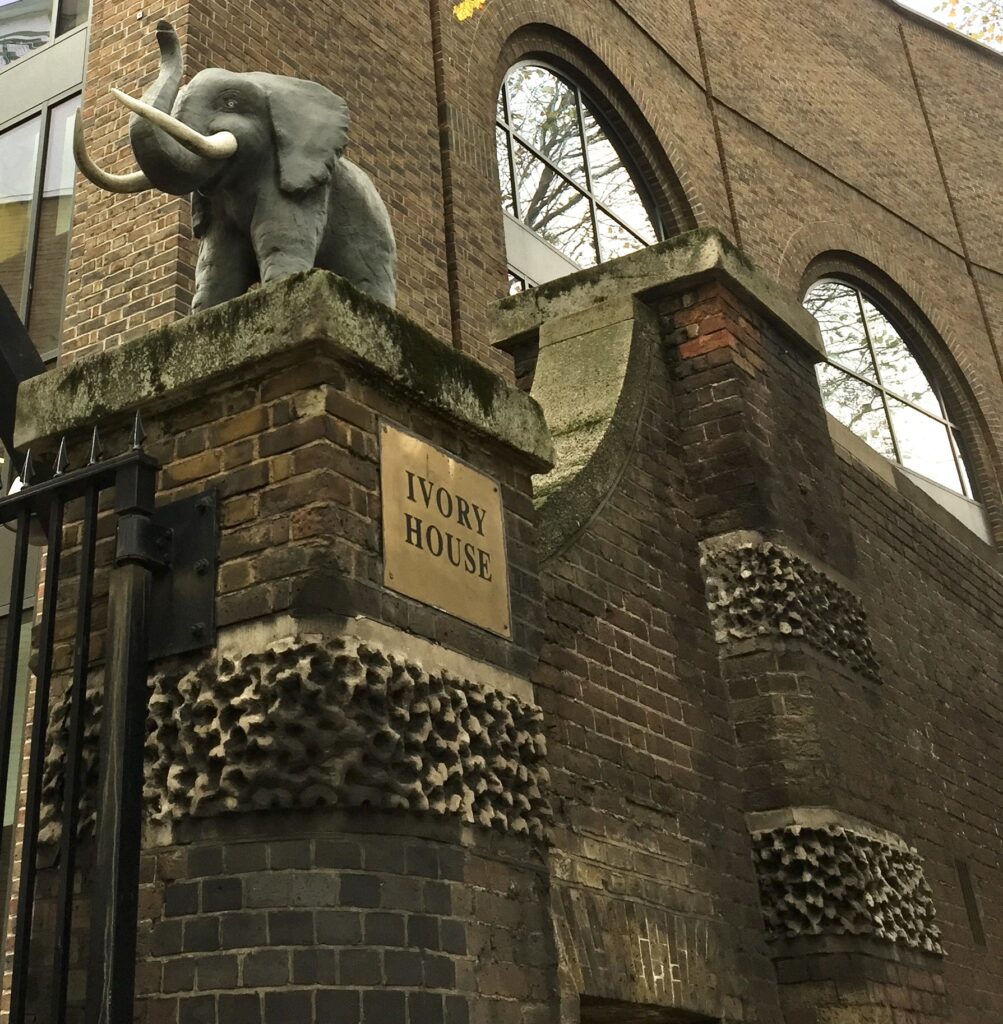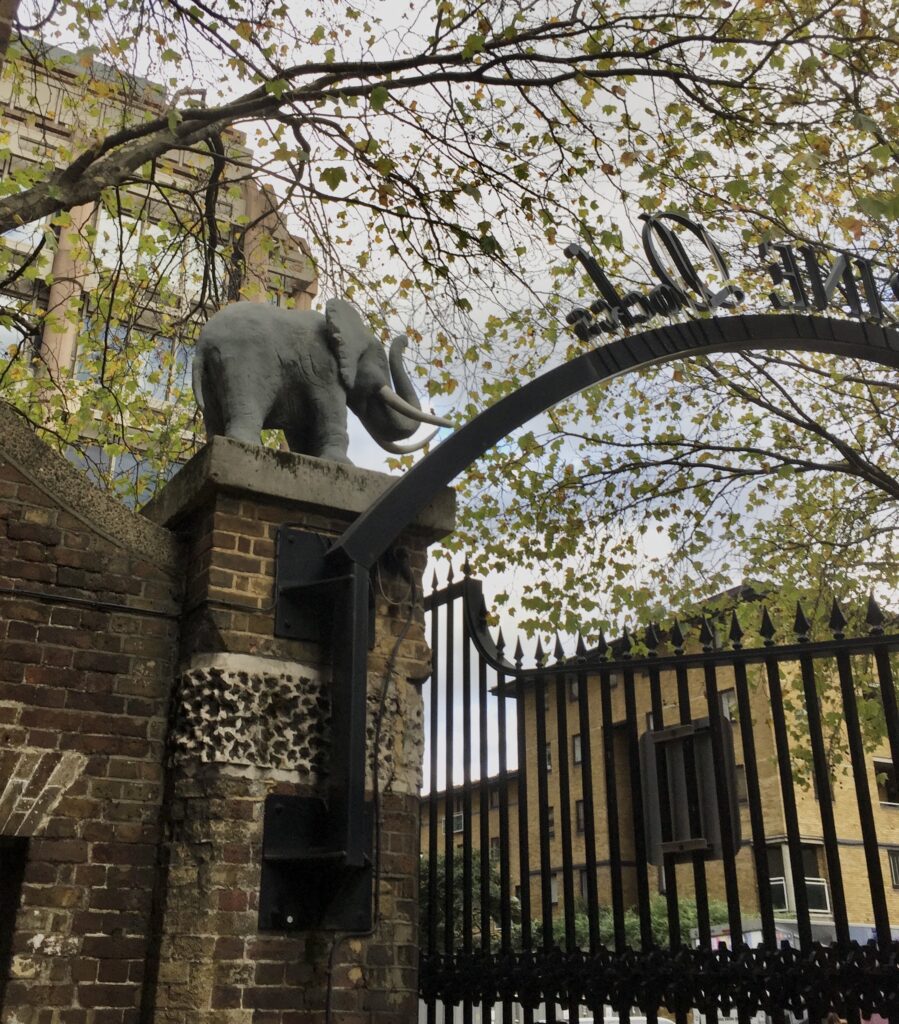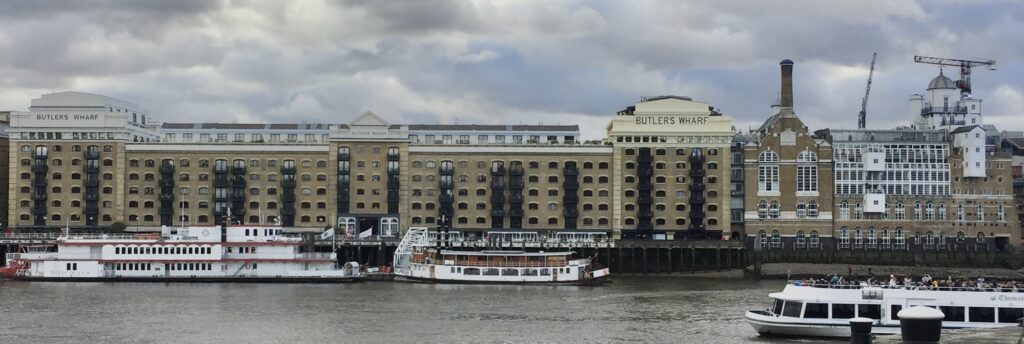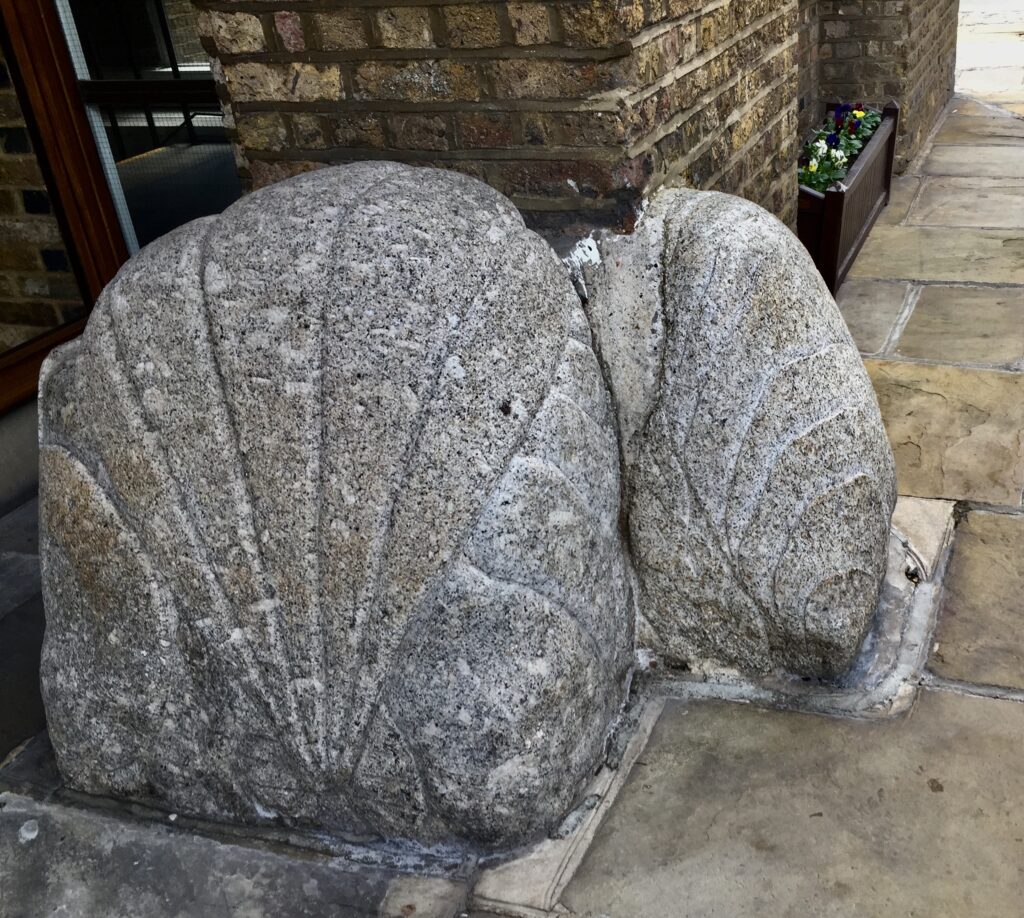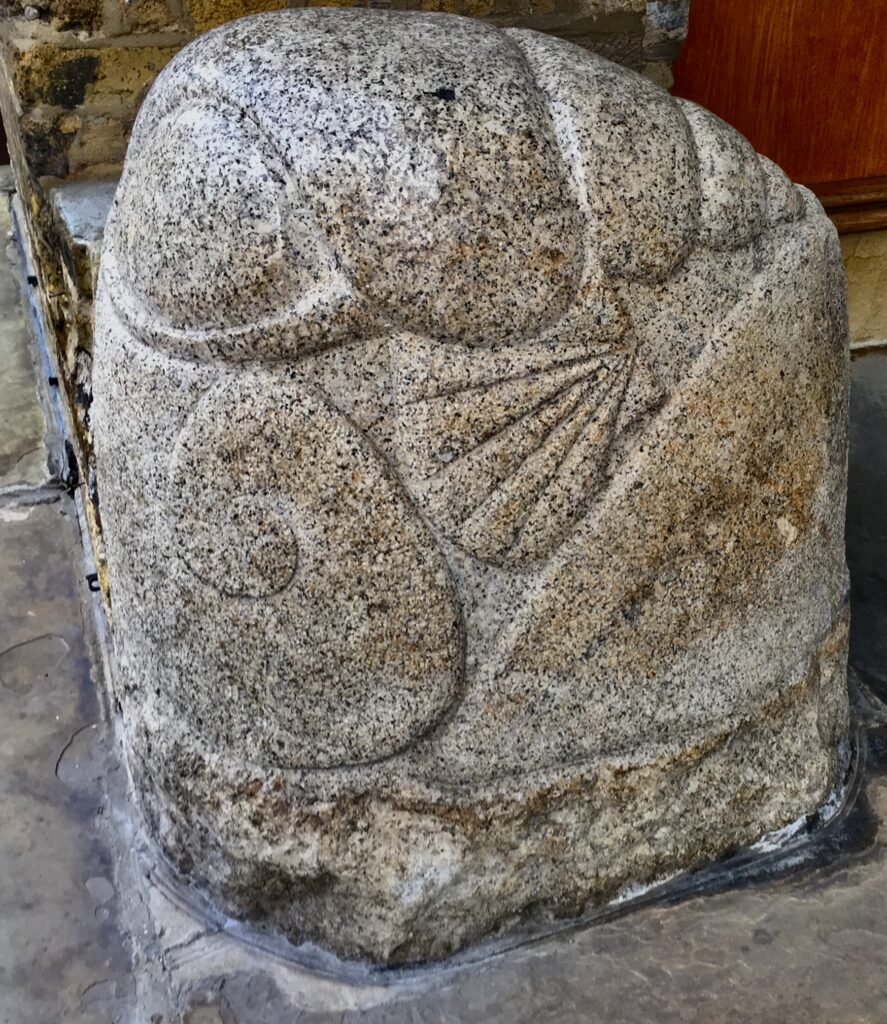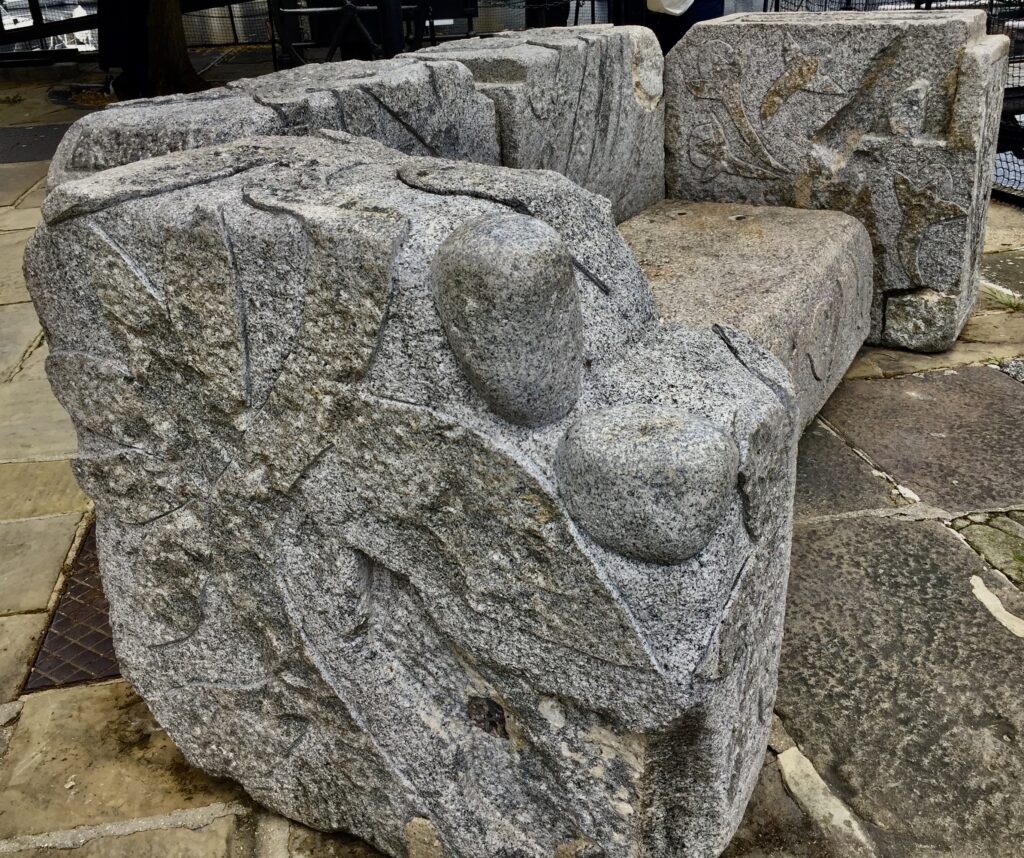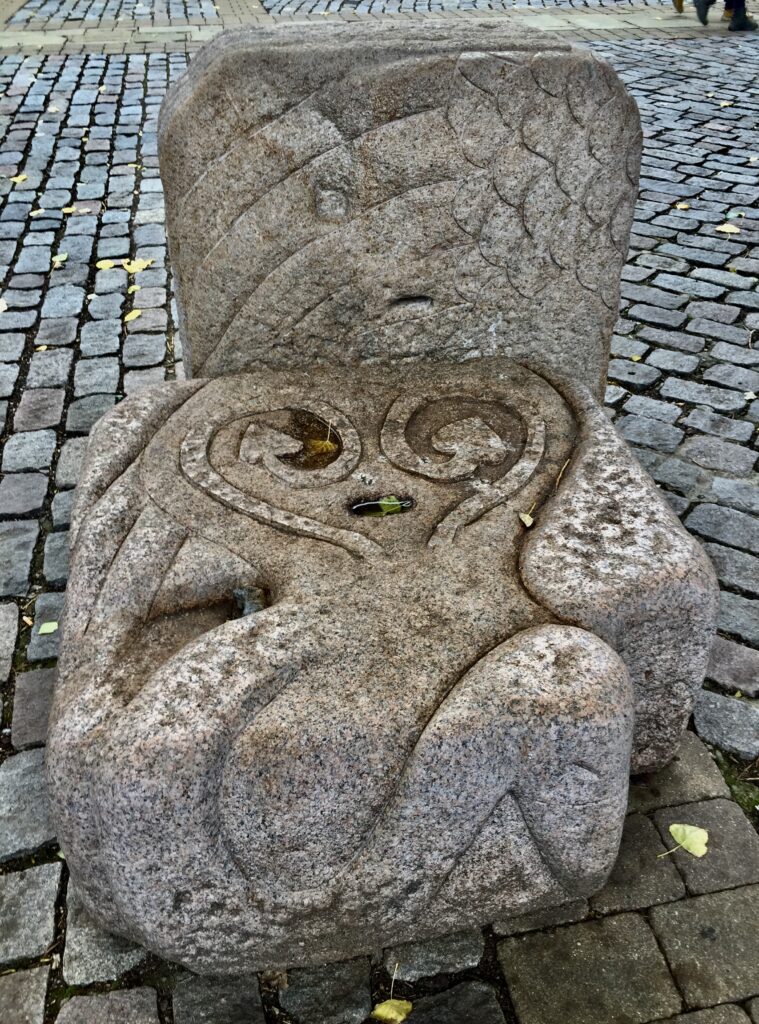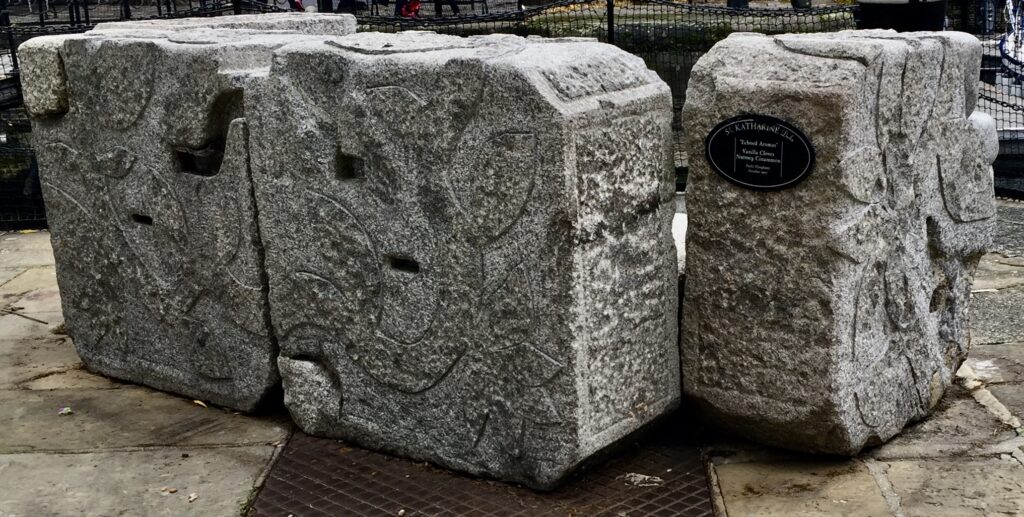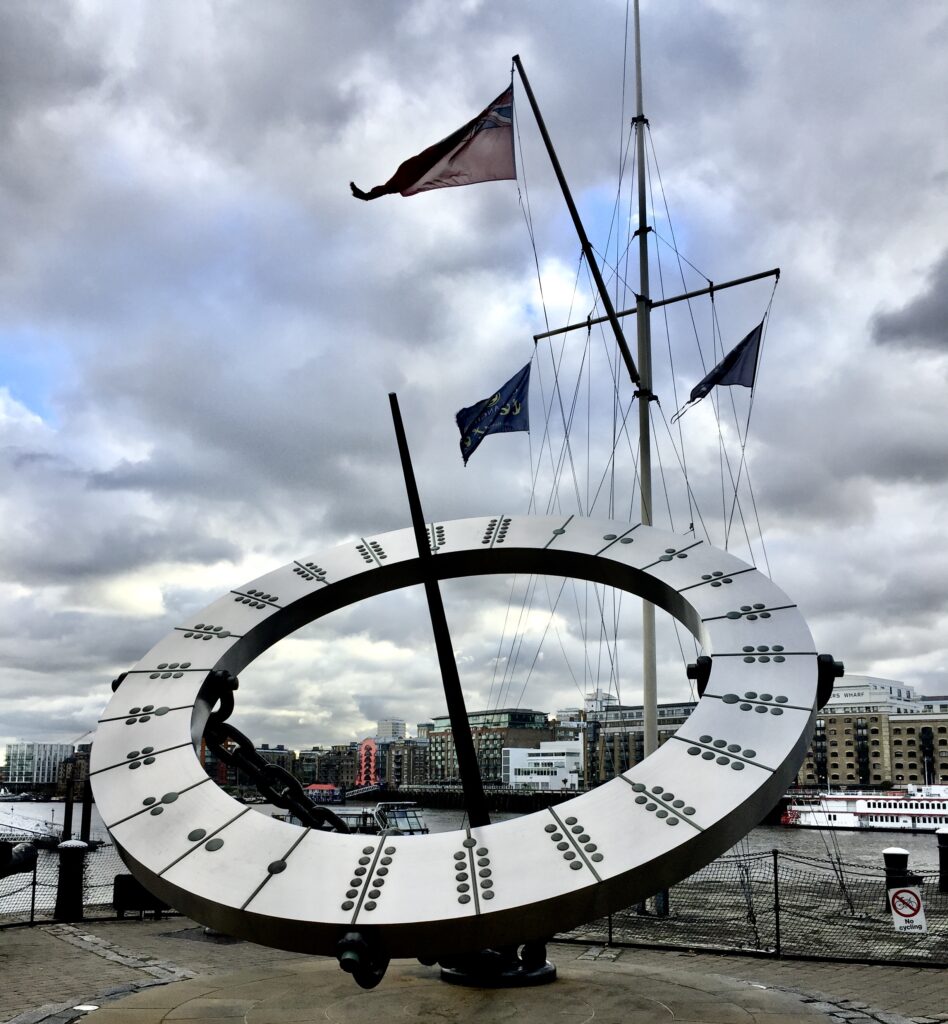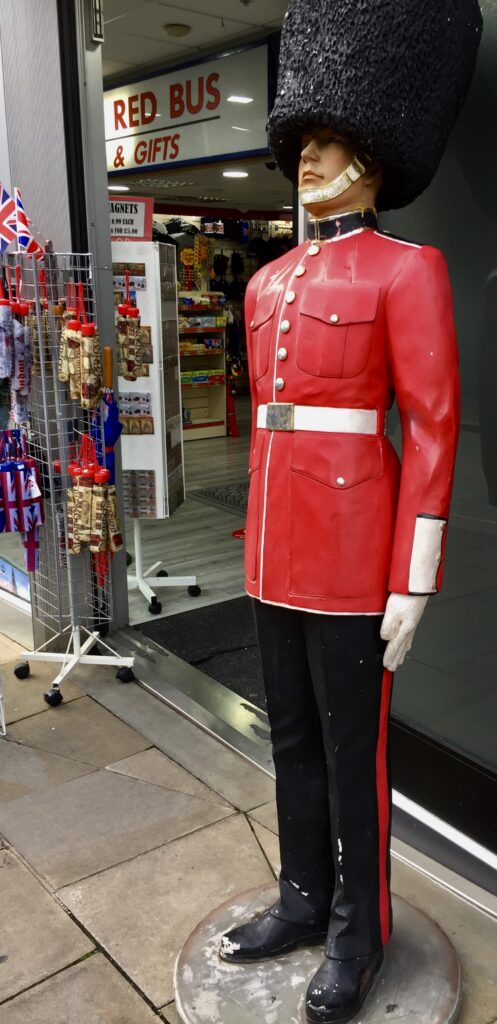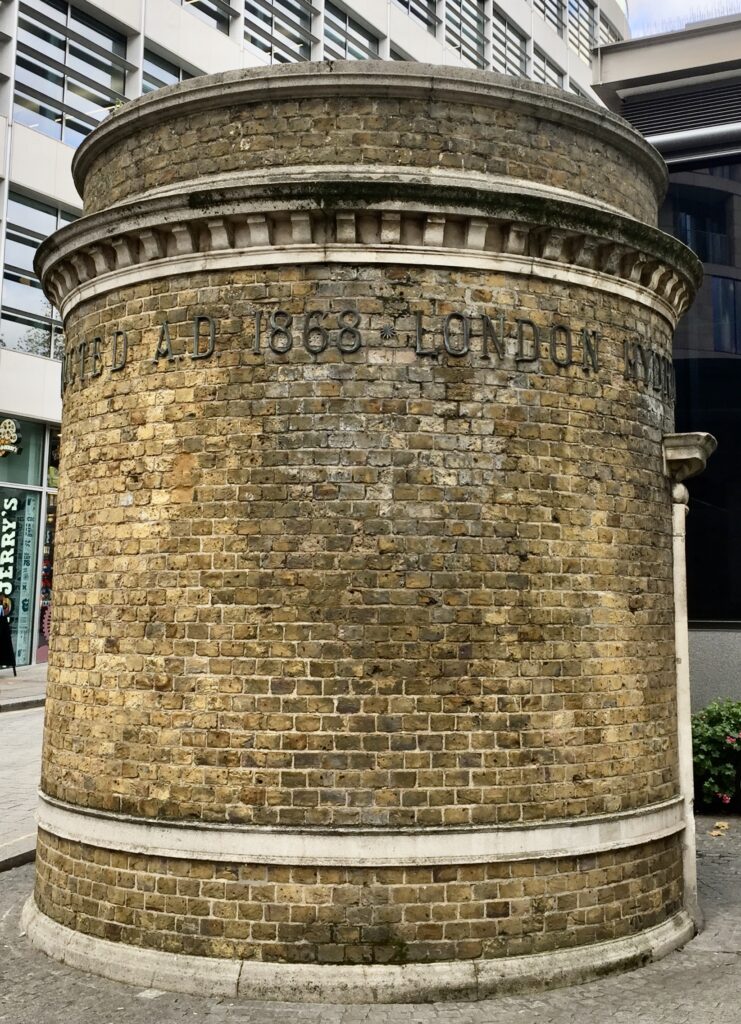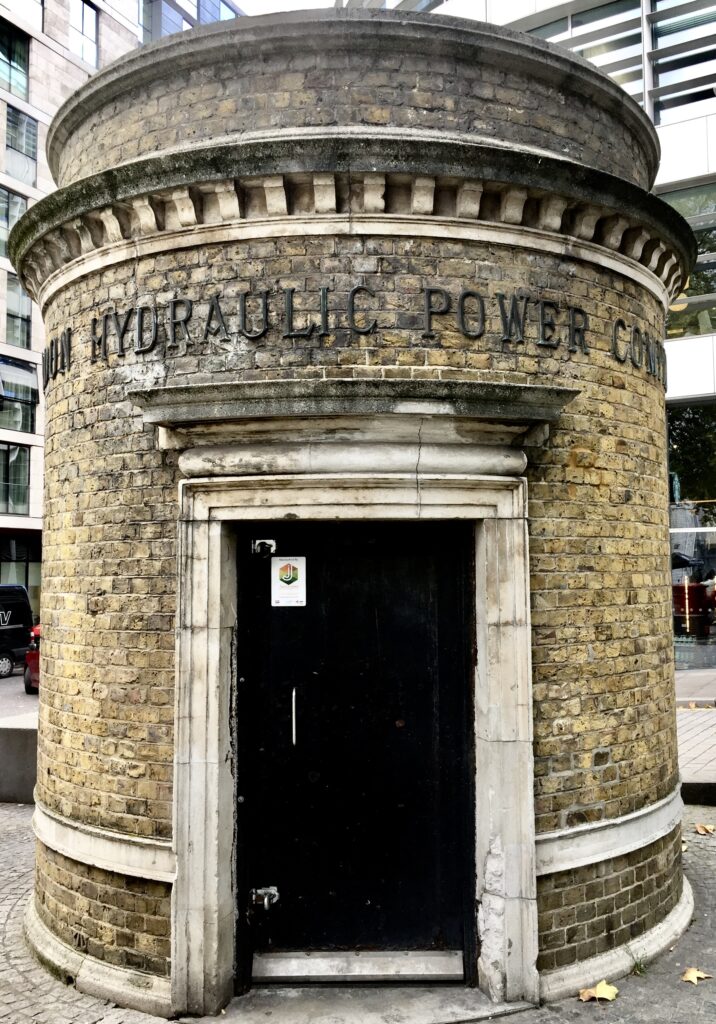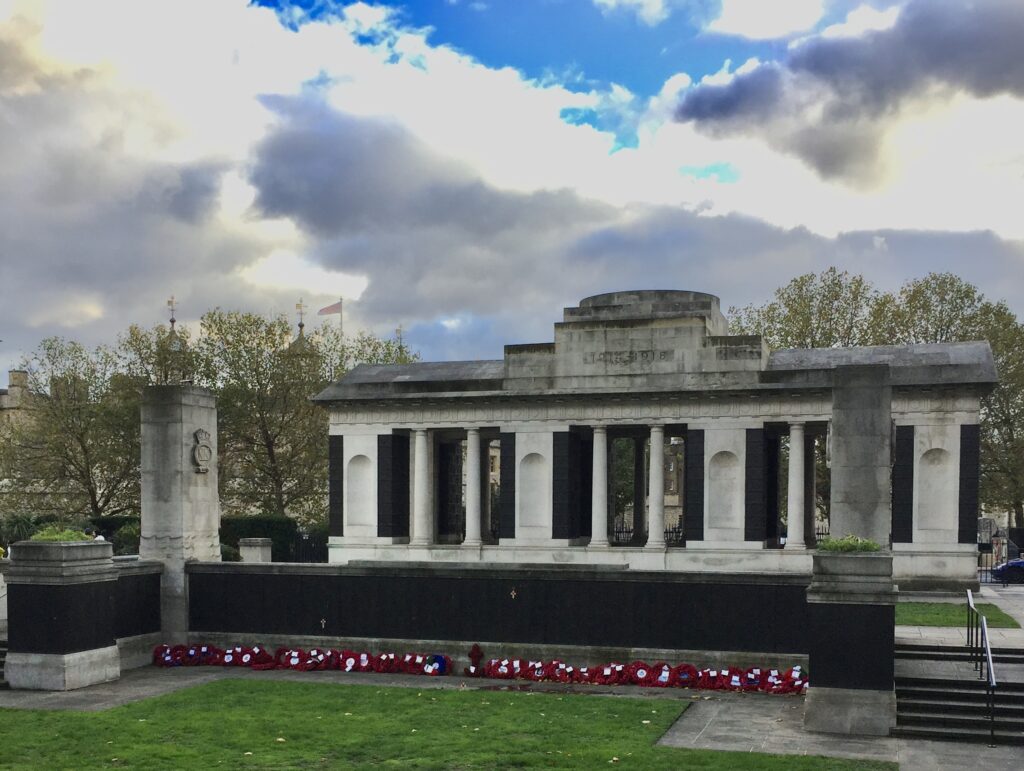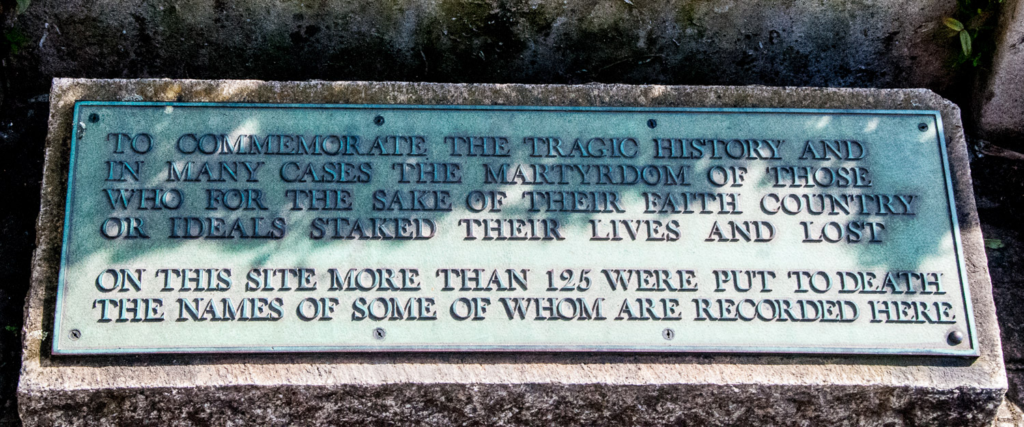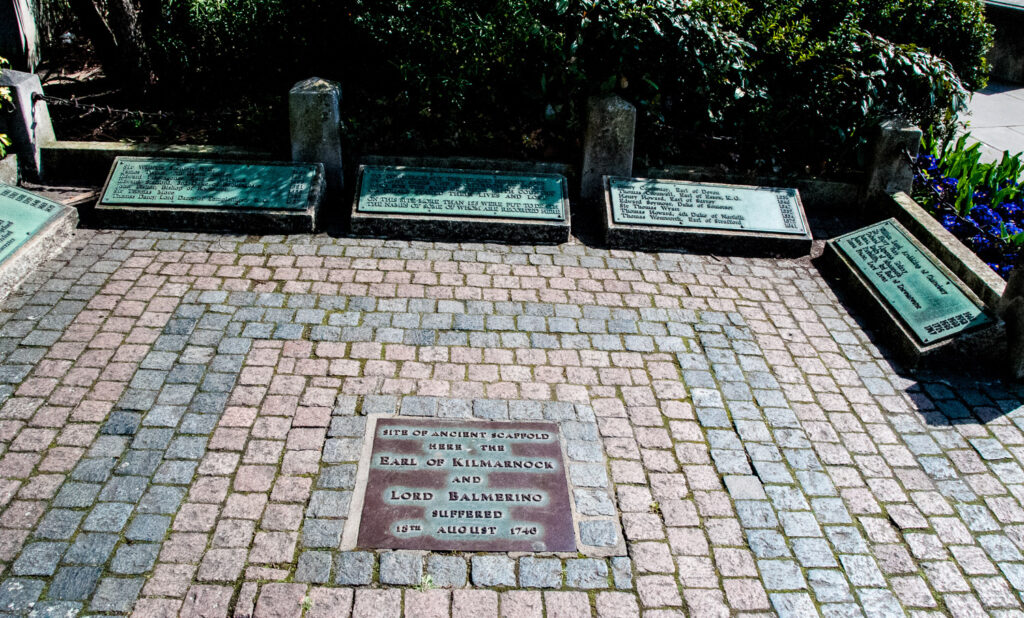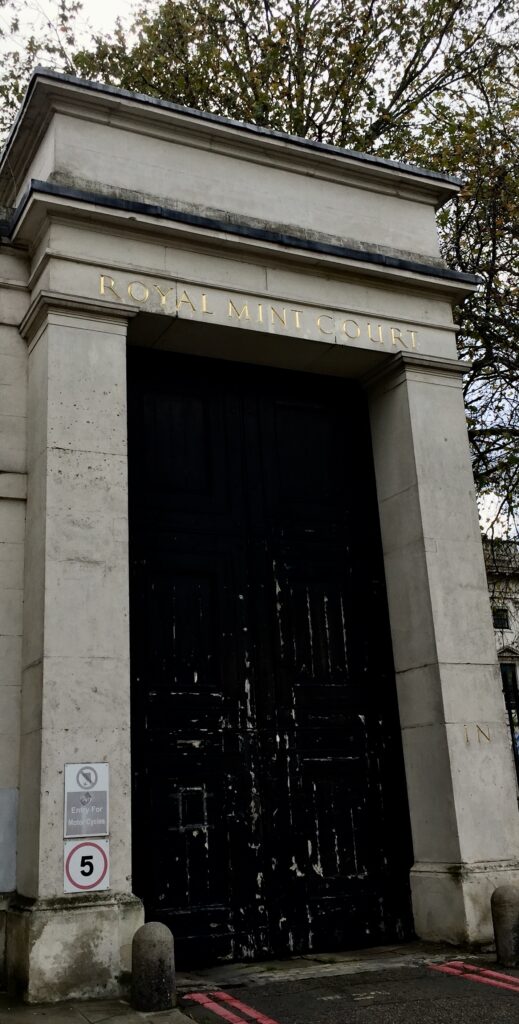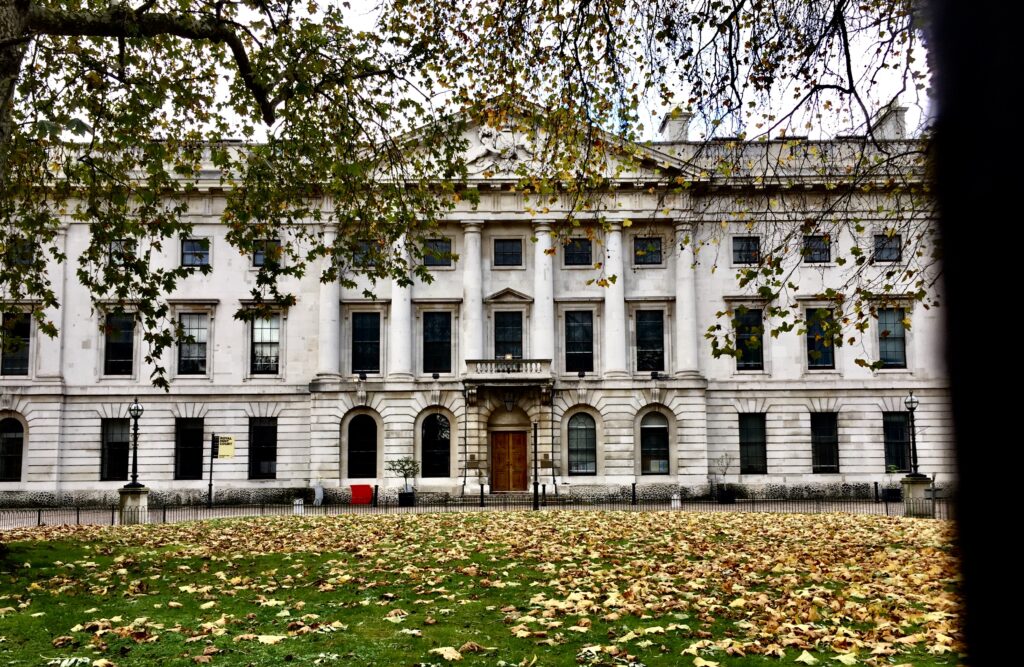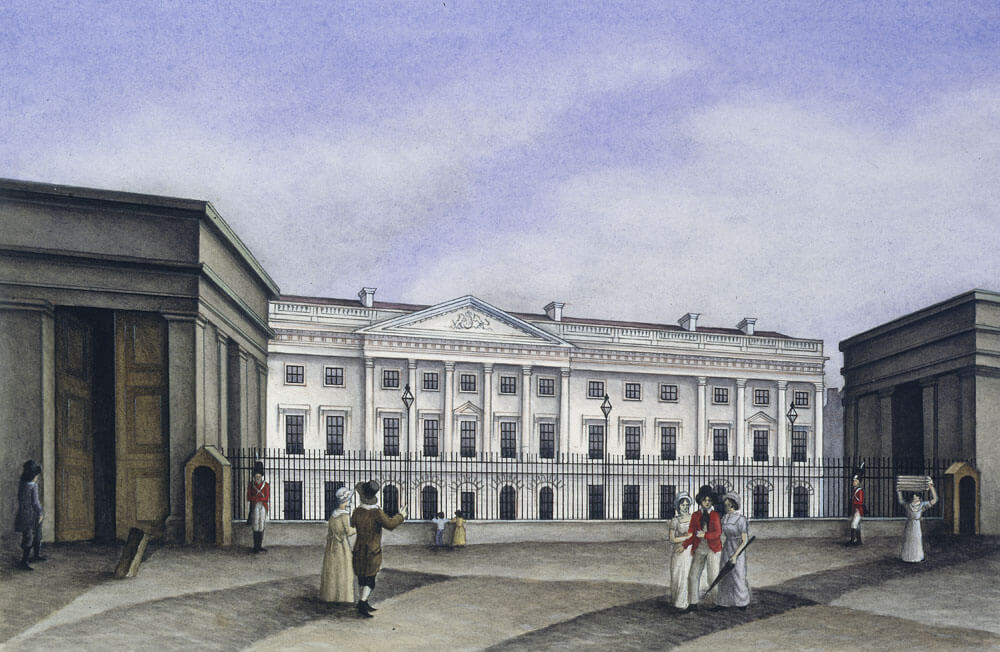Two weeks ago I published a blog about Art Deco in Miami, which many people liked, so I thought it might be nice to write something about Art Deco in the City.
I am going to cheat a bit and republish the blog I wrote on this subject way back in November 2017. Sadly the wonderful Express Newspaper building is currently hidden behind hoardings but the pictures here will give you a good idea of how impressive it is.
Here’s the 2017 blog:
I used to often confuse Art Deco and Art Nouveau – probably because they both begin with the word ‘art’. I had to get my head around this properly when I decided to write this blog and therefore searched for a simple explanation.
The one I like best is that Art Nouveau tends to be flowing and flowery whereas Art Deco tends to be sharp and streamlined. Both designs evolved as a result of the culture of the times – Nouveau influenced by the industrial revolution and Deco by the First World War.
Here are some of my Art Deco favourites.
Every now and then when I headed off to meetings in the East end of the City I would walk past the magnificent, undulating and symmetrical Ibex House at 42-47 Minories. Built in 1937, it is clad in black and beige faience and, apparently, has the longest strip windows in London. When it opened you could rent space for 6 shillings (30 new pence) per square foot – which included the cost of cleaning.

I often feel a bit nostalgic walking down Fleet Street. I well remember its heyday when lorries trundled past carrying gigantic rolls of paper and you could hear the presses rumbling into the night producing the next day’s print news. Sadly, it was also the home of the notorious so-called ‘Spanish Customs’, restrictive practices which eventually left the industry open to brutal modernisation and, finally, total relocation.
The former Daily Express building in Fleet Street (1932) has a black facade with rounded corners in vitrolite with clear glass and chromium strips and, in my view, looks quite futuristic even today. The newspaper moved out in 1989 and the current owners are investment bankers Goldman Sachs. The foyer is stunning but currently hidden from view behind curtains – come on, Goldman’s, draw back those curtains and let us mere mortals have a peep!

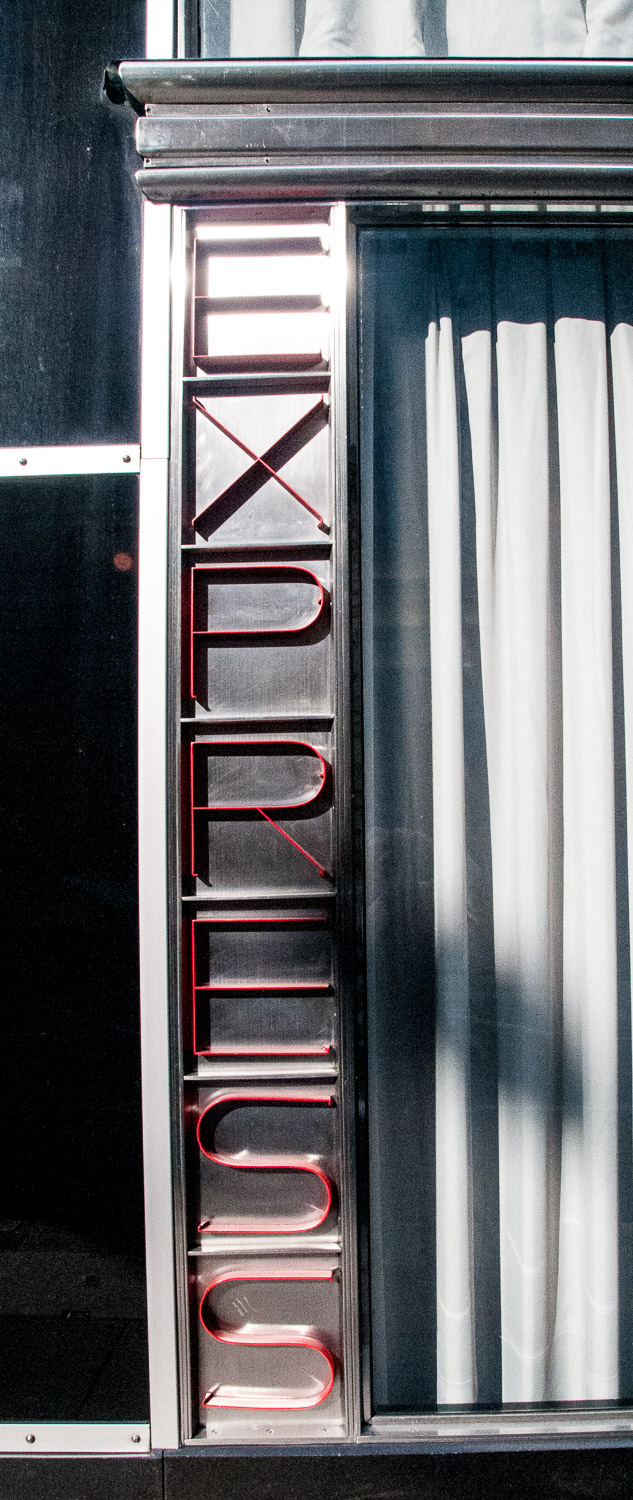
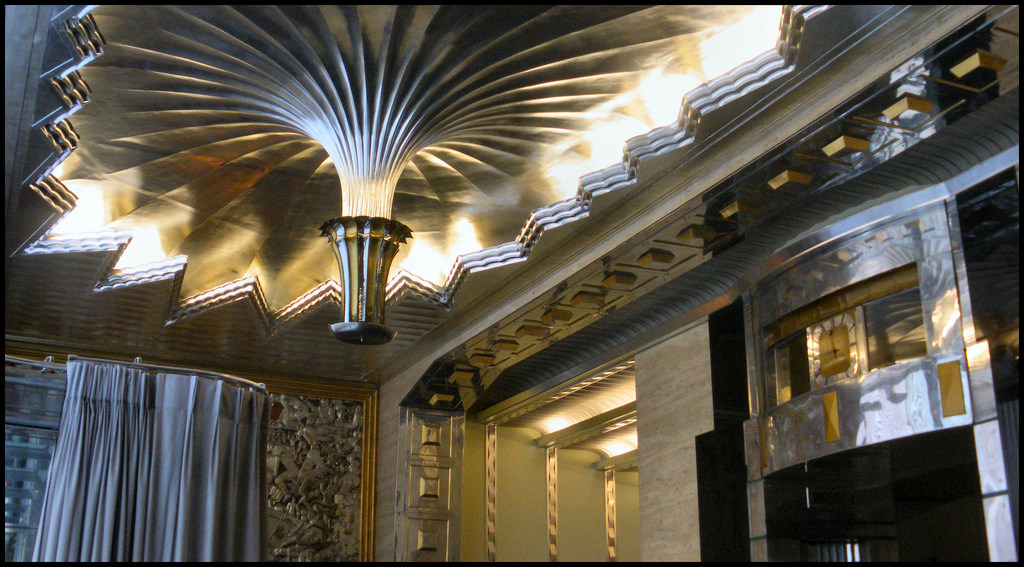
The former Daily Telegraph building at 141 Fleet street is another Art Deco masterpiece (also owned by Goldman Sachs). It is meant to be overwhelming and certainly succeeds with its giant fluted columns topped with carved Egyptian capitals.

Just above street level, Twin Mercuries head off to distribute news around the Empire with the sun rising over the centre of the hemisphere which is, of course, England. Apparently the carver, Arthur Oakley, shortly afterwards became a monk specialising in religious ornaments.
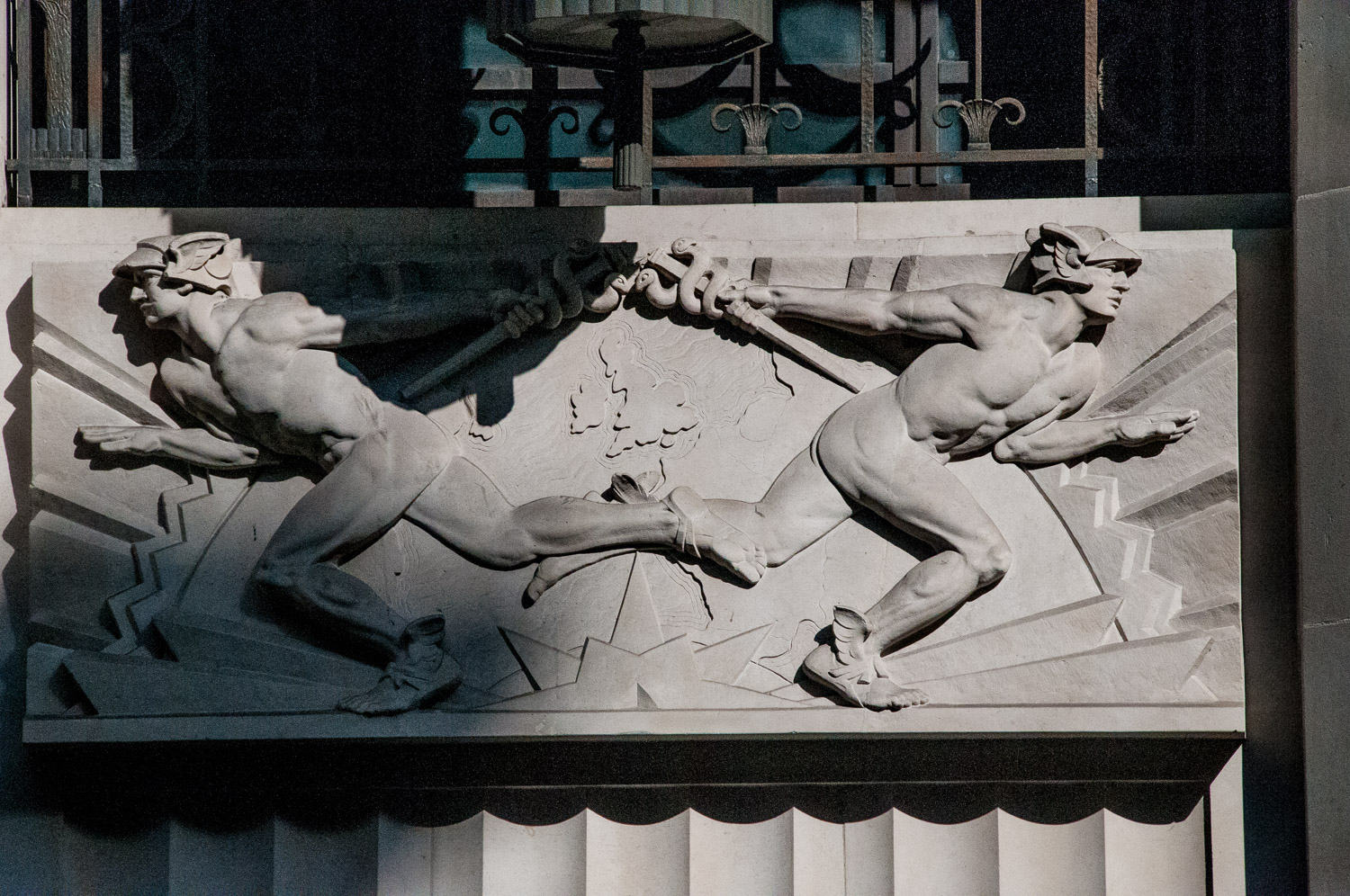
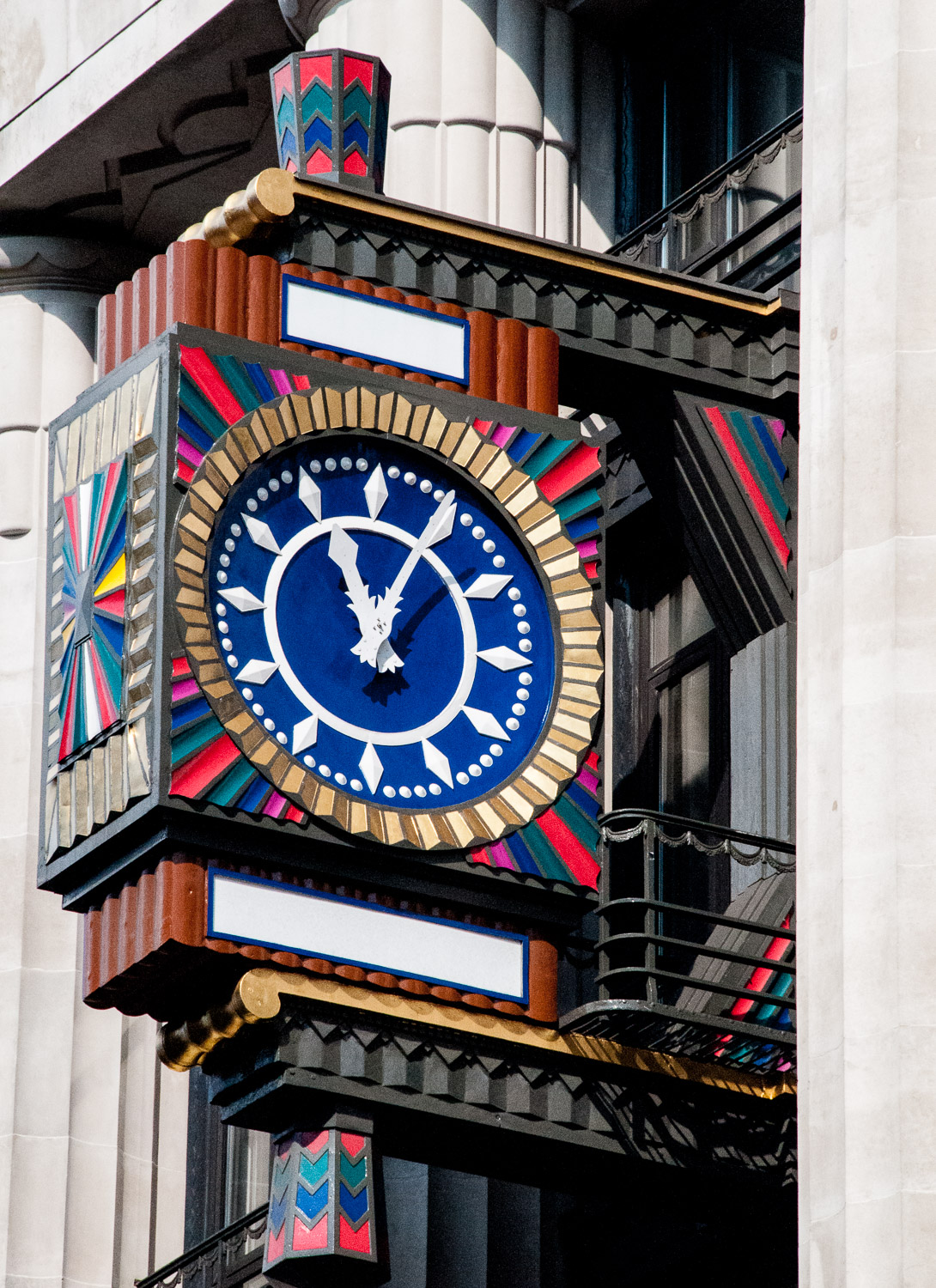
Florin Court , designed by Guy Morgan and Partners and opened in 1936, is famous now as the fictional ‘Whitehaven Mansions’ home of Hercule Poirot. It’s in Charterhouse Square and originally boasted squash courts, a dining room and a cocktail bar. Nowadays, there’s a gym, a spa and a wi-fi area.
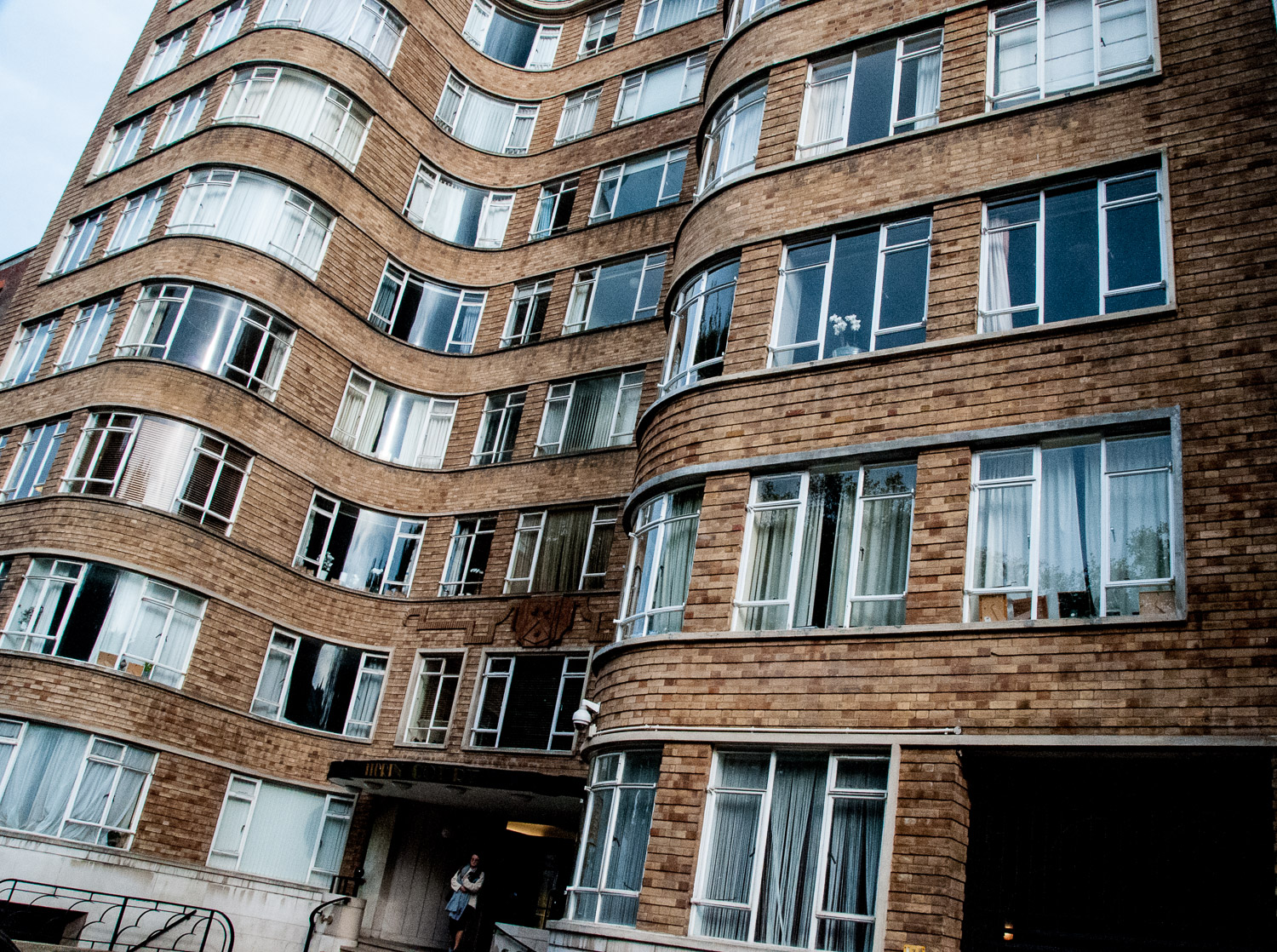
I have two favourites – Fox Umbrellas and the ship’s prow in Bury Street.
Fox Umbrellas at 118 London Wall was constructed in 1937 on the ground floor of an early 19th century terraced house. It is by the shopfitting firm E. Pollard & Company and has a vitrolite front along with curved non-reflective glass (an American invention for which Pollard held the English patent). According to the blog London’s Historic Shops and Markets, this ‘invisible’ glass, which was was very expensive, allowed passers-by to see much further into the shop and made the stock on display more visible at a time when interior lighting was duller and less sharp than today. It works by using a steeply curved concave glass to deflect light towards matt black ‘baffles’. Pollards installed the same type of glass at Simpsons of Piccadilly, where it is still in place today (the store is now a Waterstones).
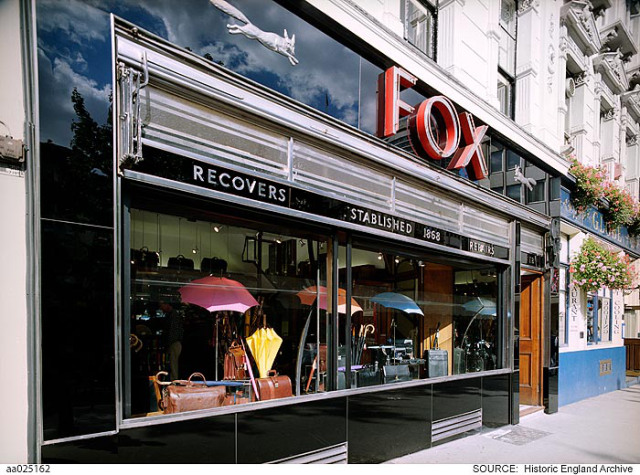
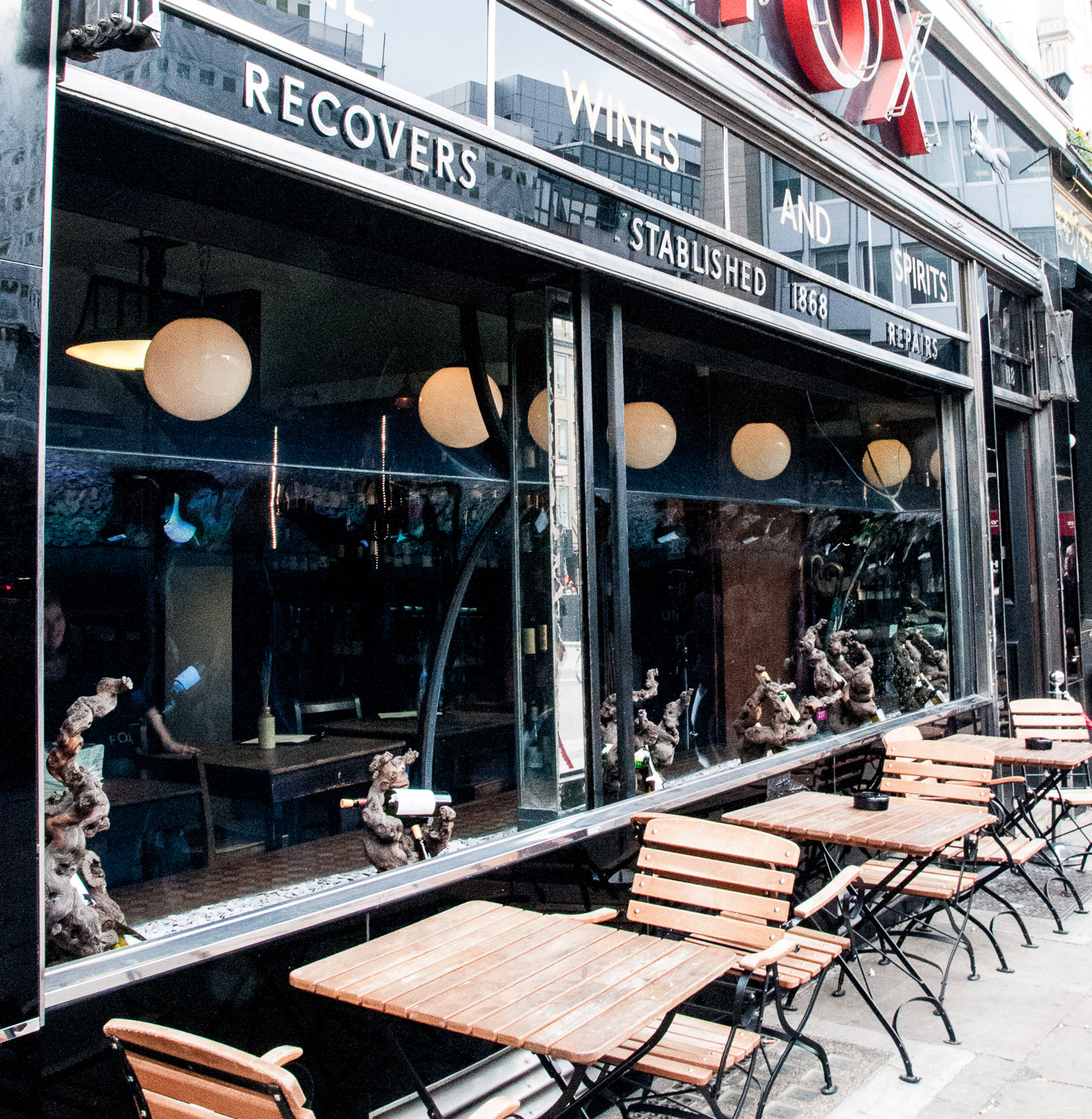
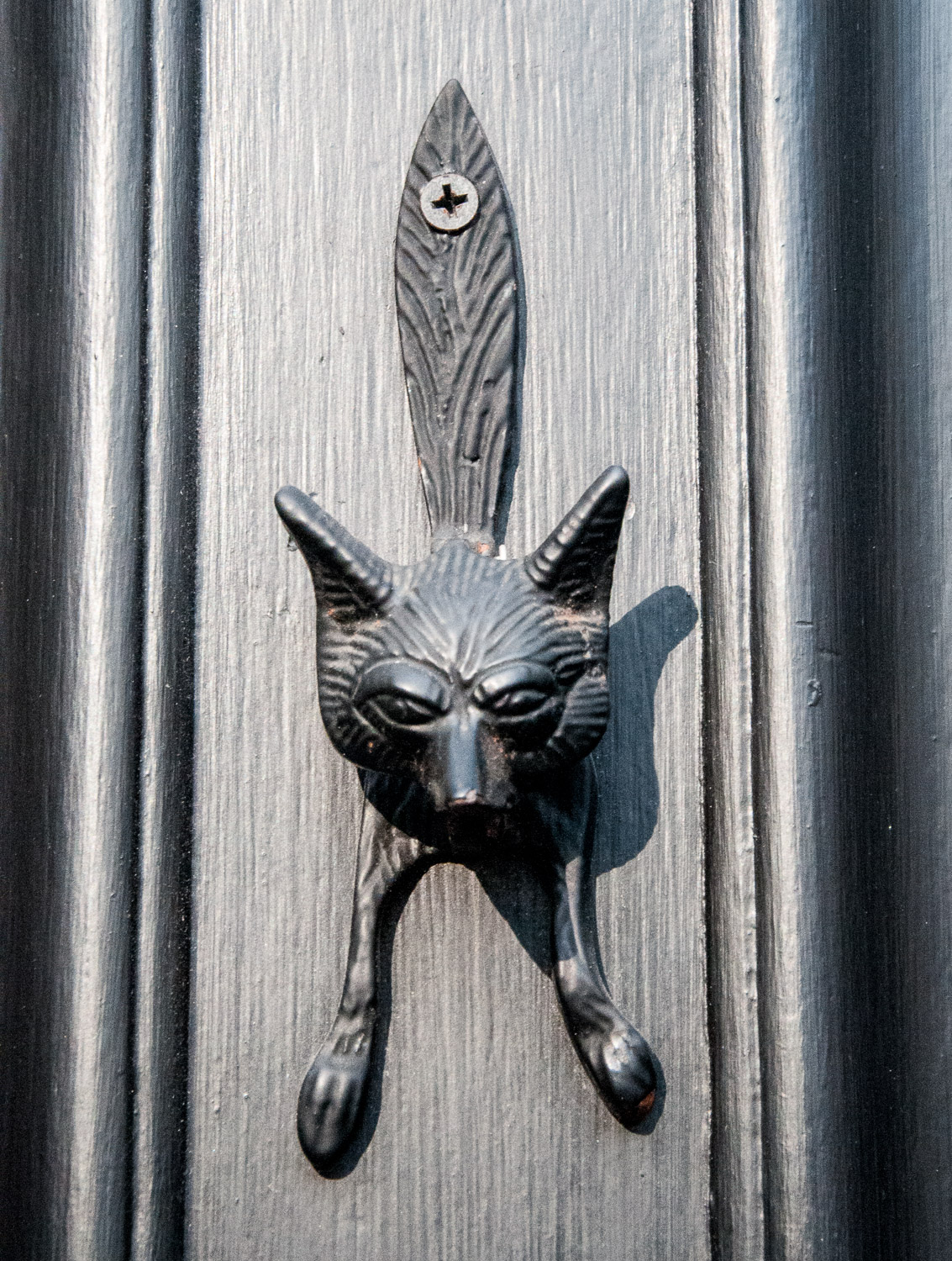
Pop in for a glass of wine – many of the original features have been preserved.
For the Art Deco ship’s prow, first find Holland House in Bury Street just opposite the Gherkin and the subject of my earlier blog, Ship Ahoy. Walk around to the south east corner of the building, step back and admire this brave vessel plunging through the waves towards you, the funnel smoking impressively. It’s a granite structure by the Dutch artist J. Mendes da Costa and reflects the company’s main business of shipping.
I love this story about the ship’s positioning.
Apparently the company owner, Helene Kröller-Müller, had wished to buy the whole of the Bury Street corner, but had been thwarted by the adjacent owners who refused to sell. As a consequence, Holland House is broken into two sections, and it has been suggested that the aggressive prow of the ship was intended to ‘cock a snook’ at the neighbours.
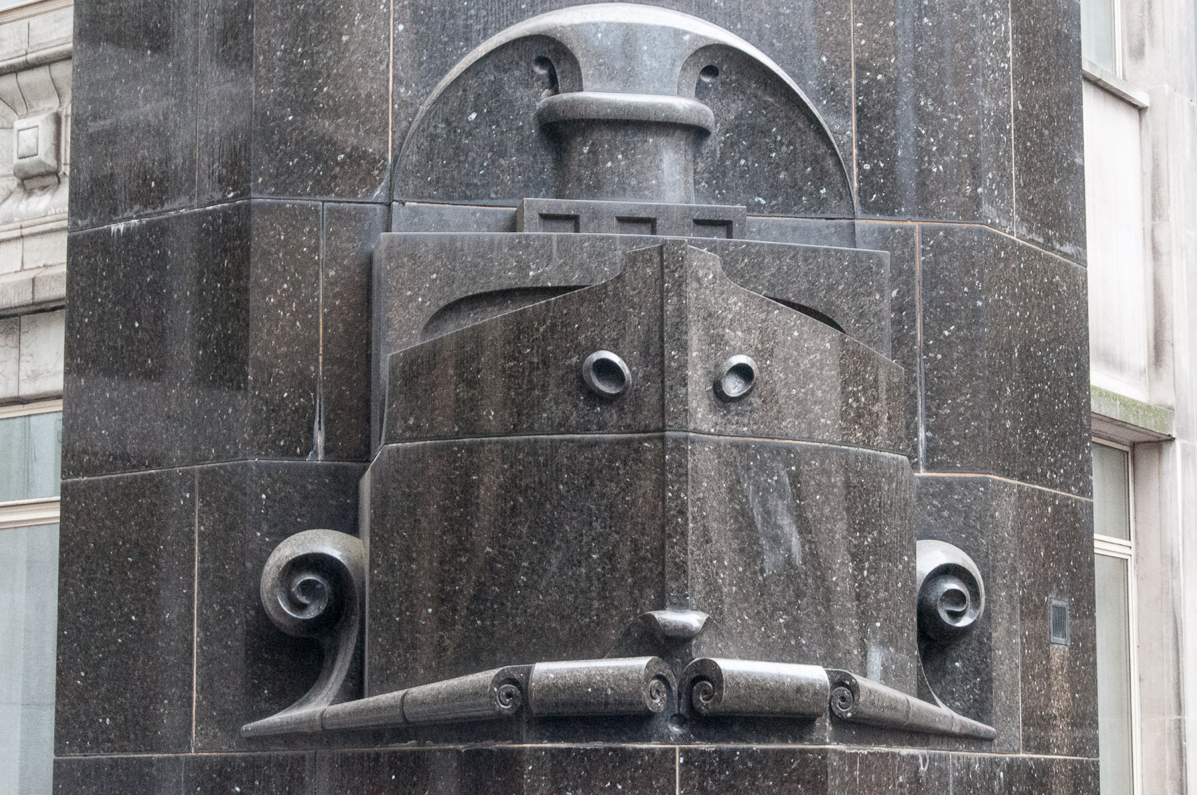
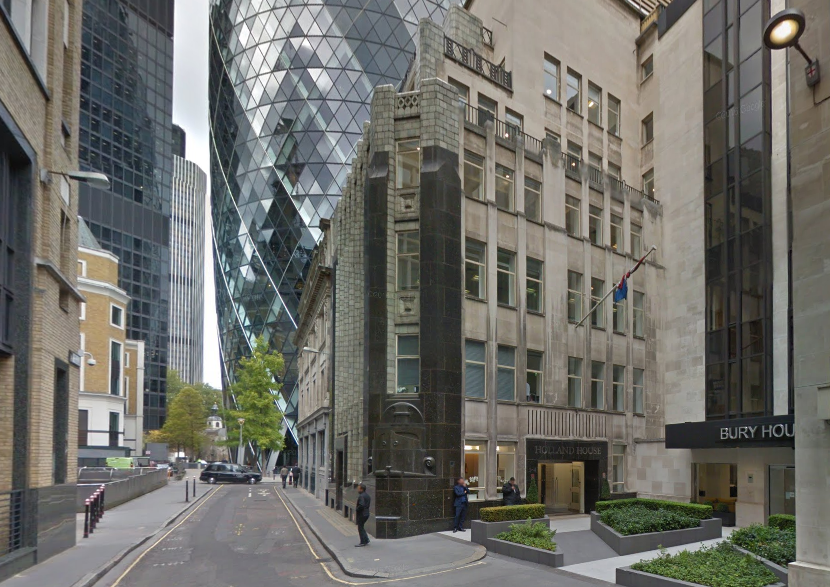
If you would like to follow me on Instagram here is the link …
